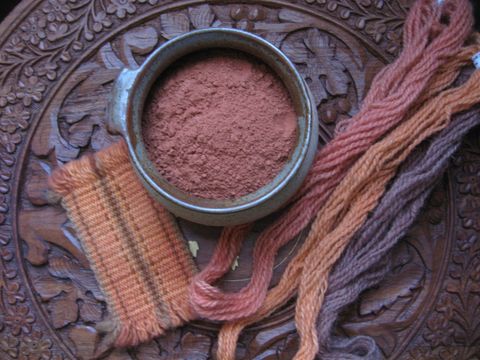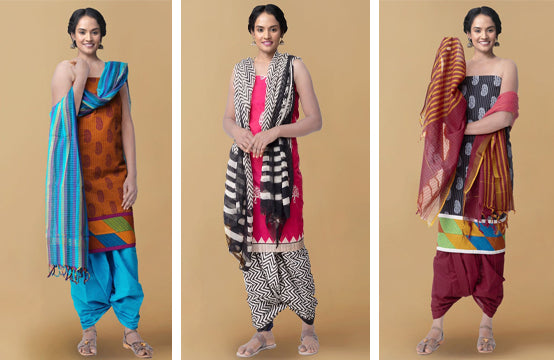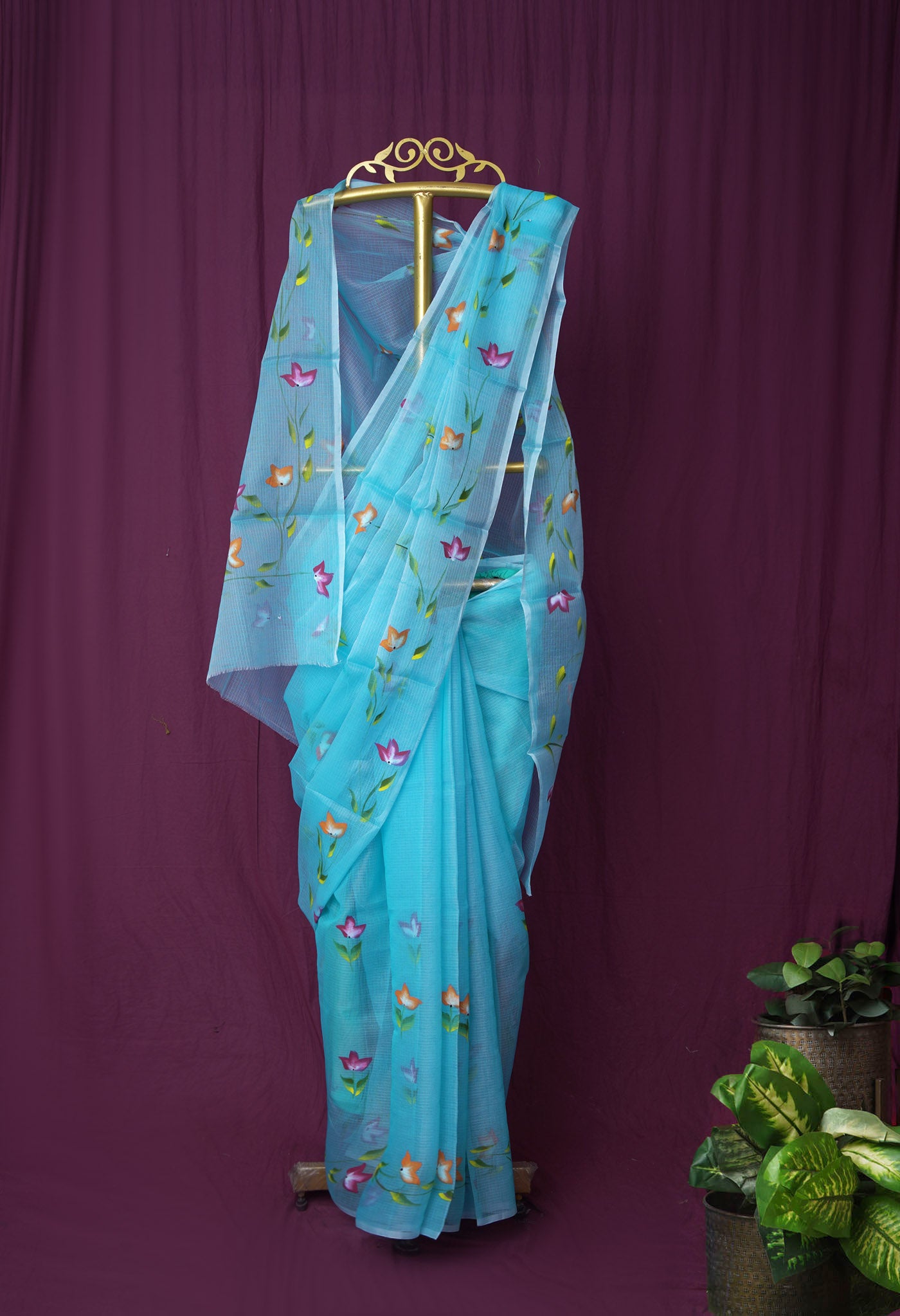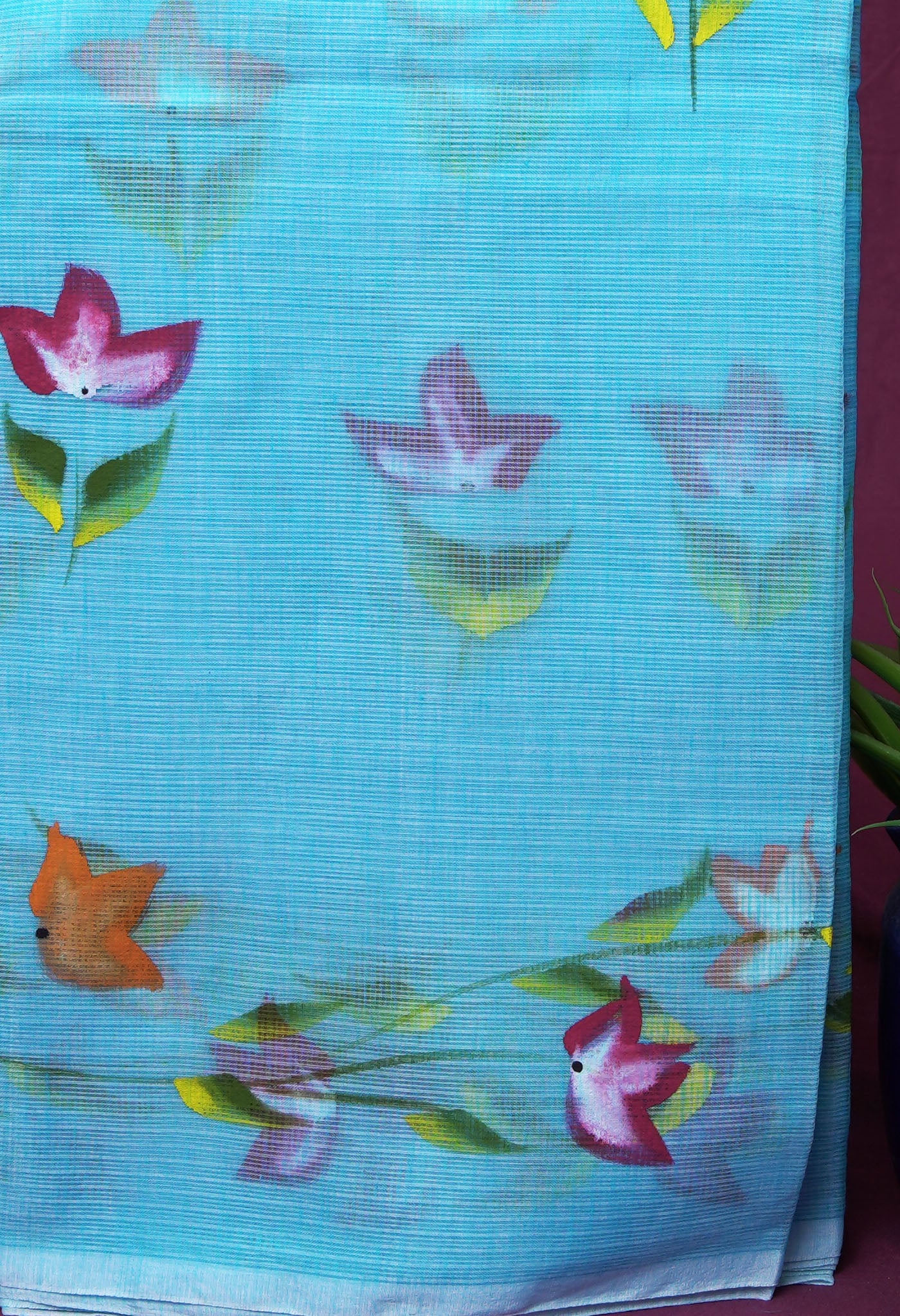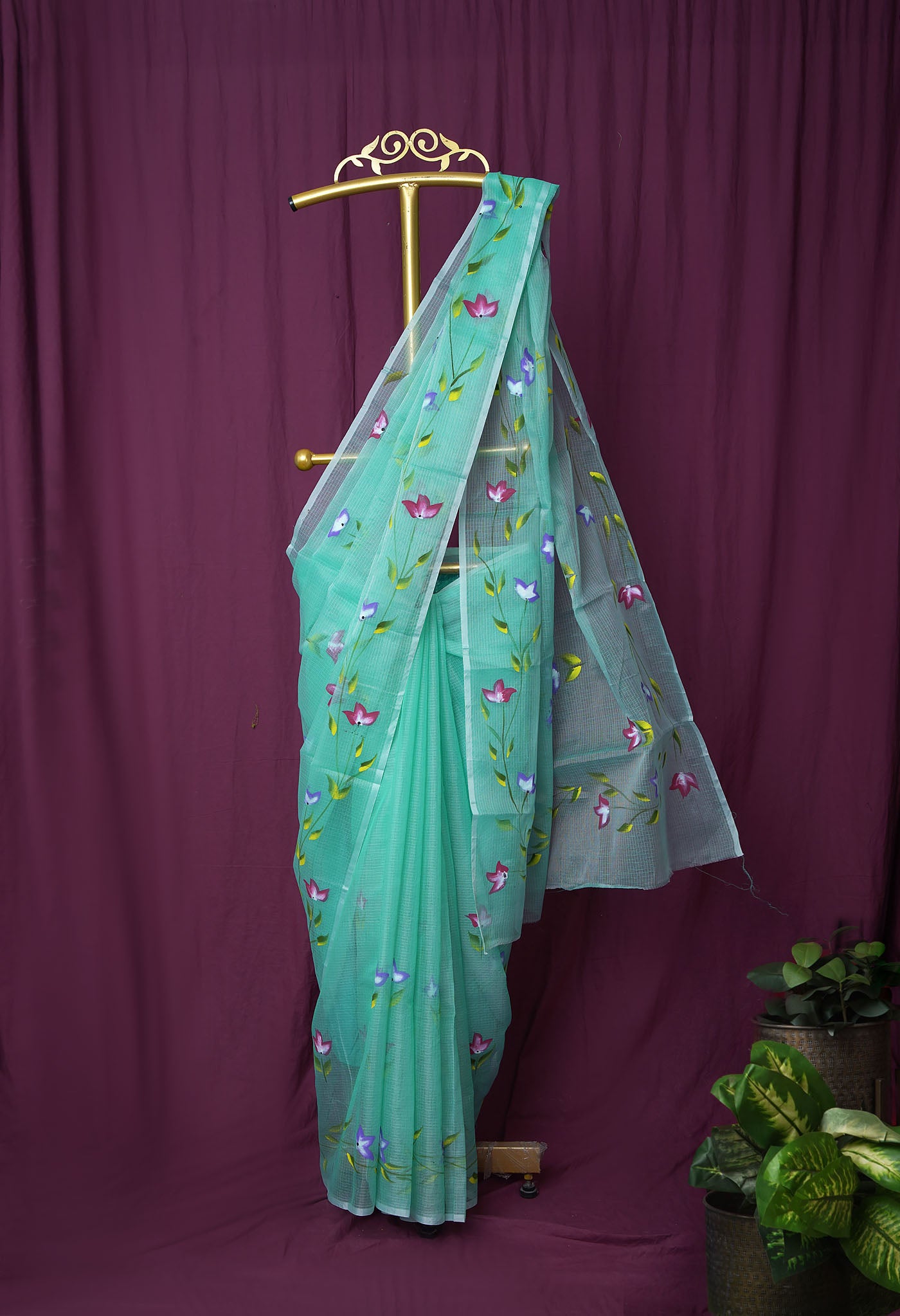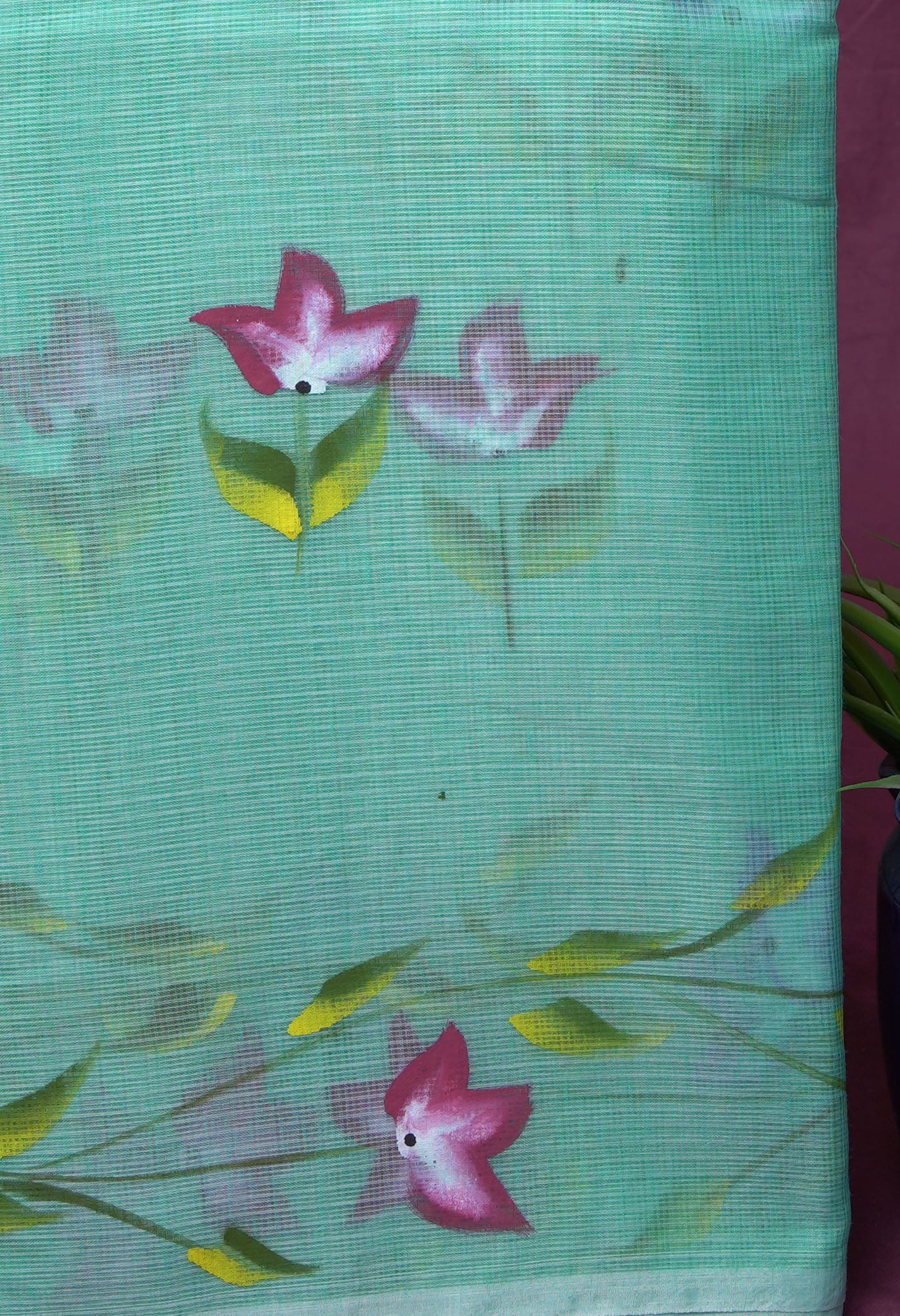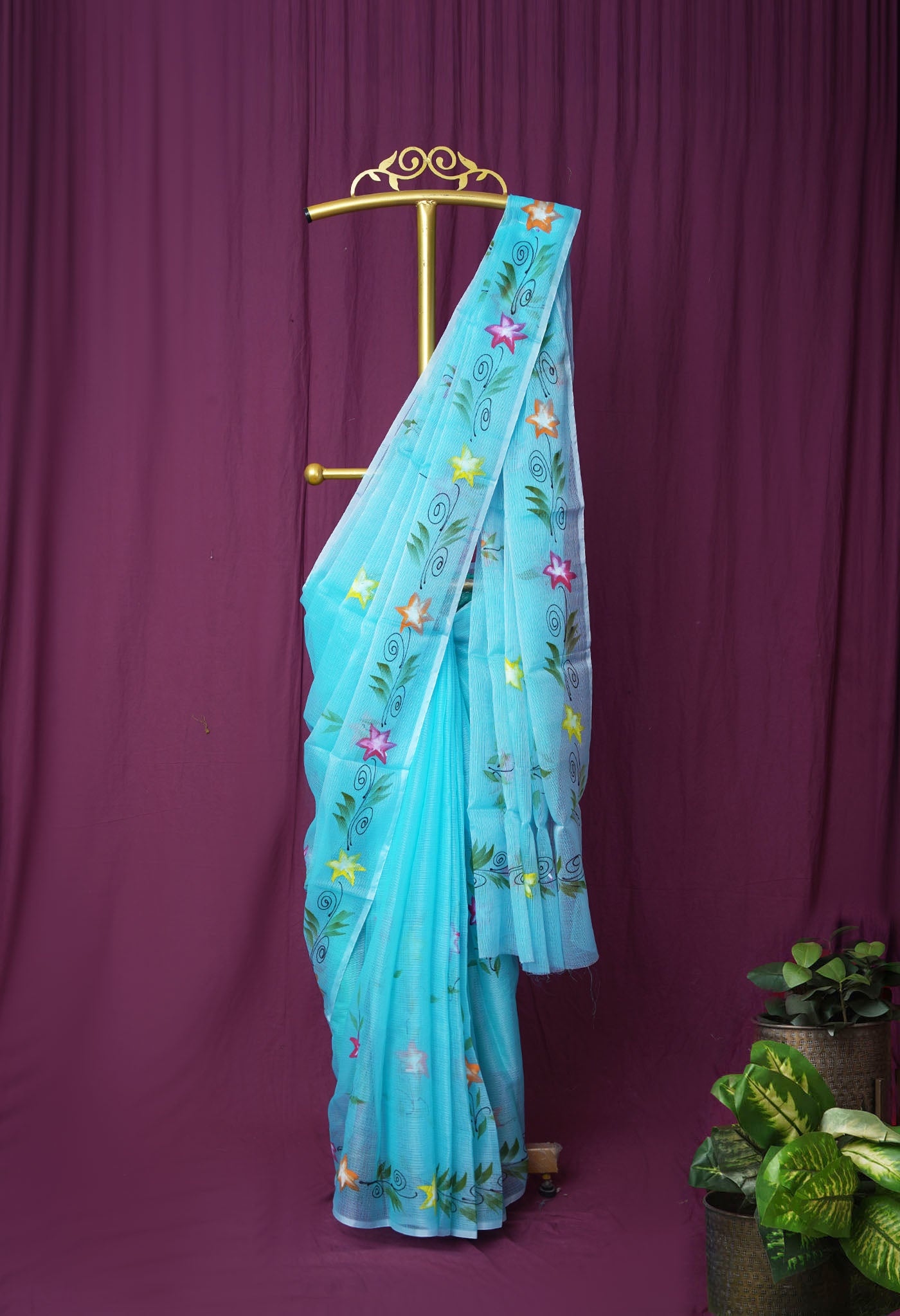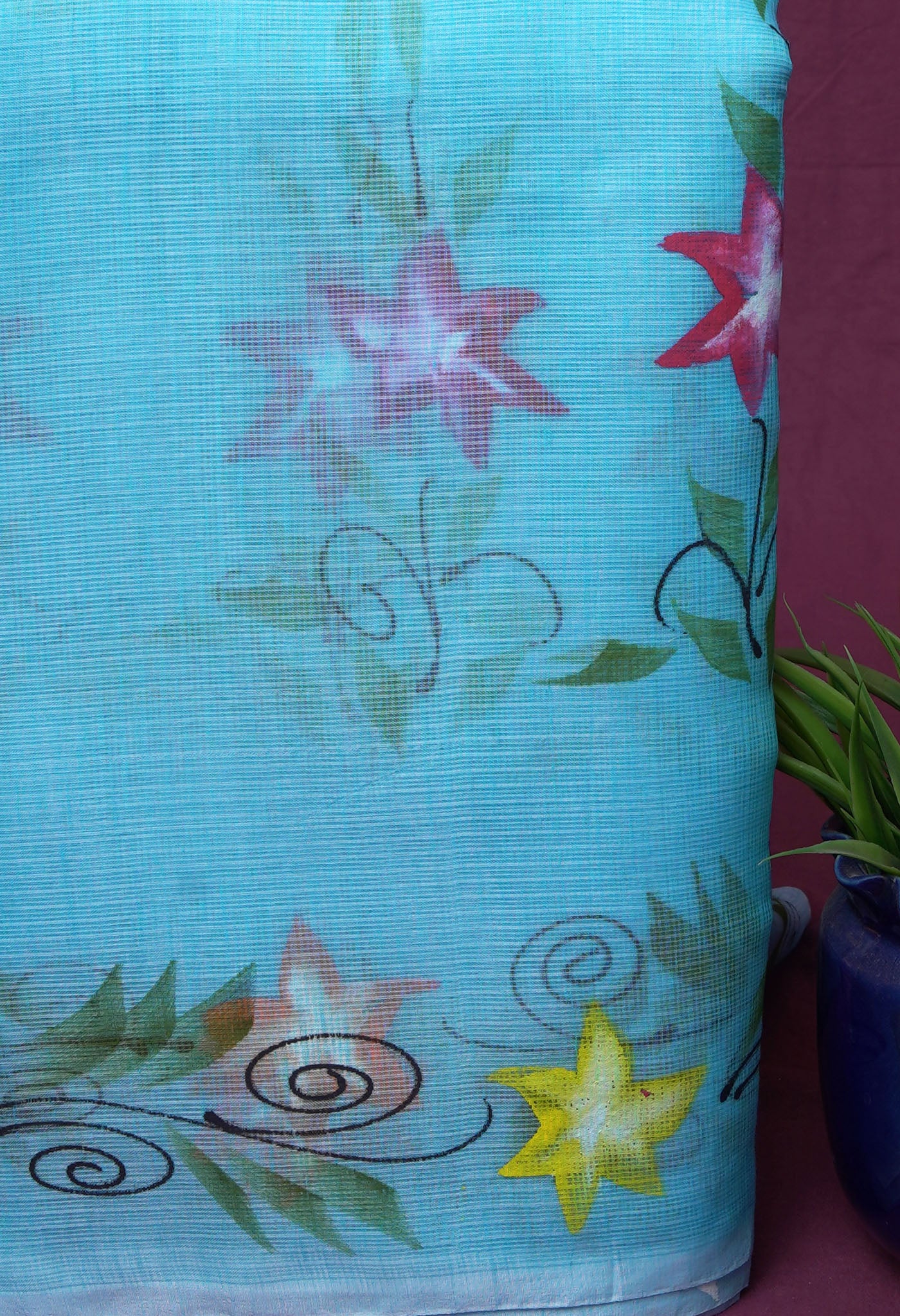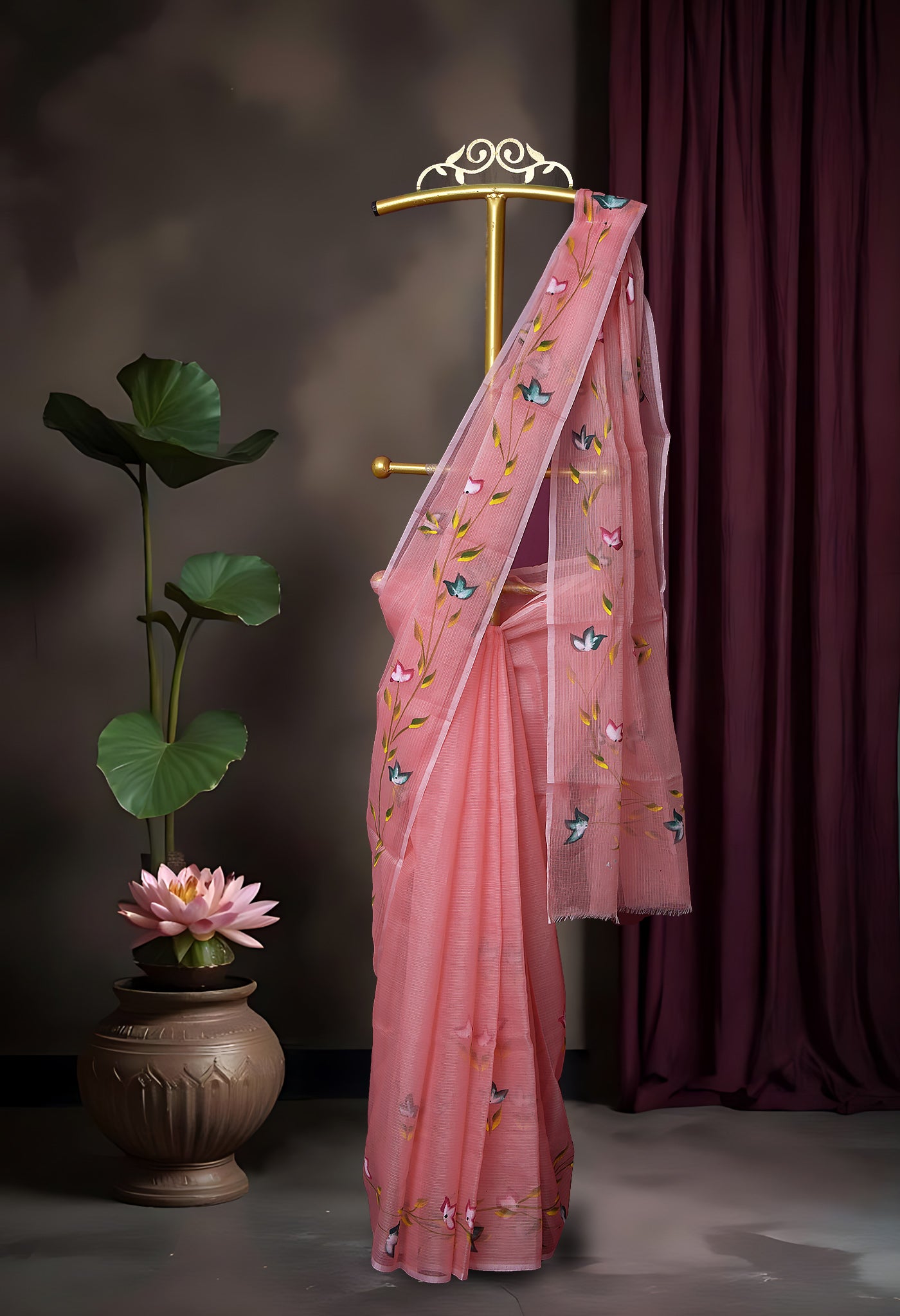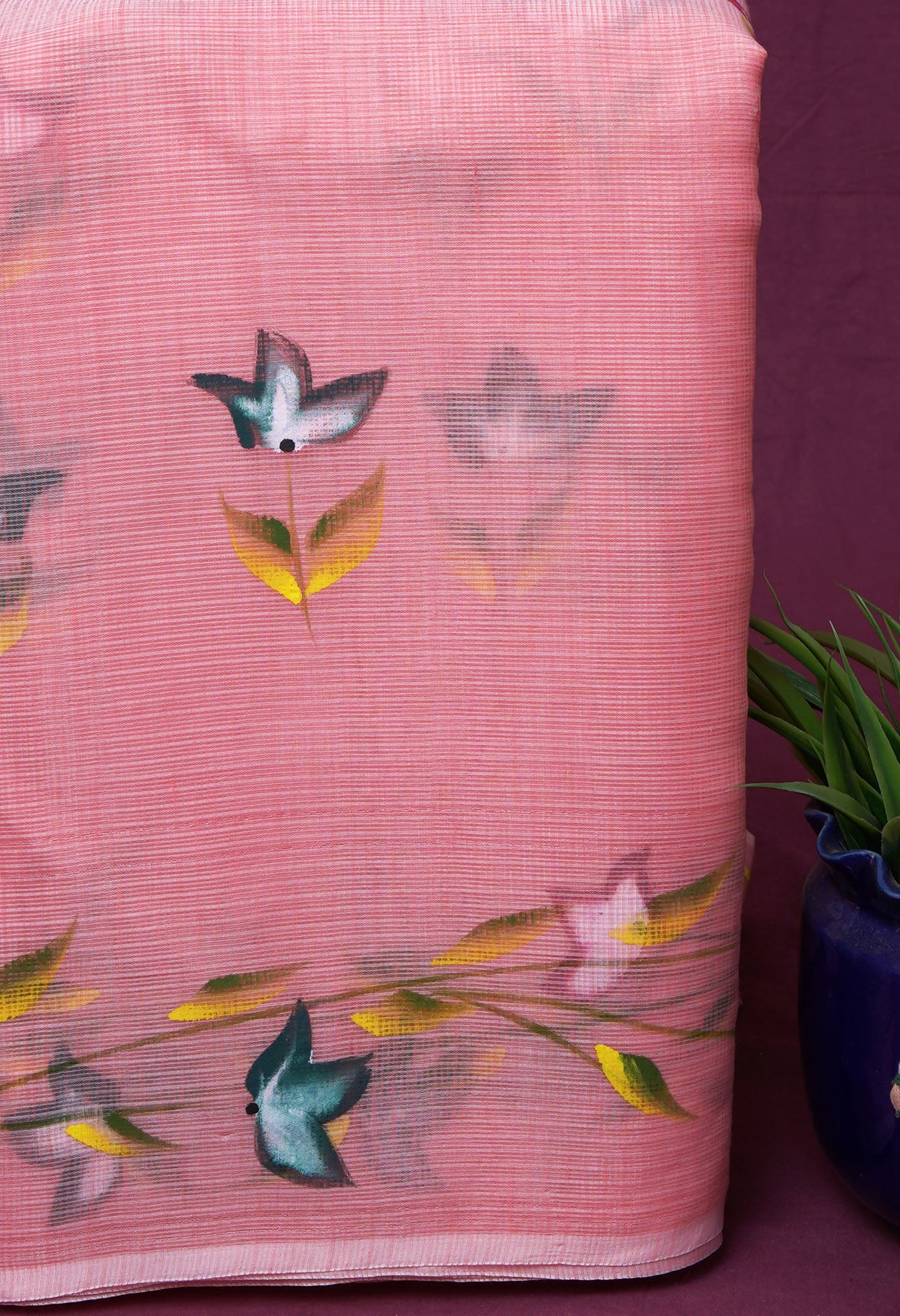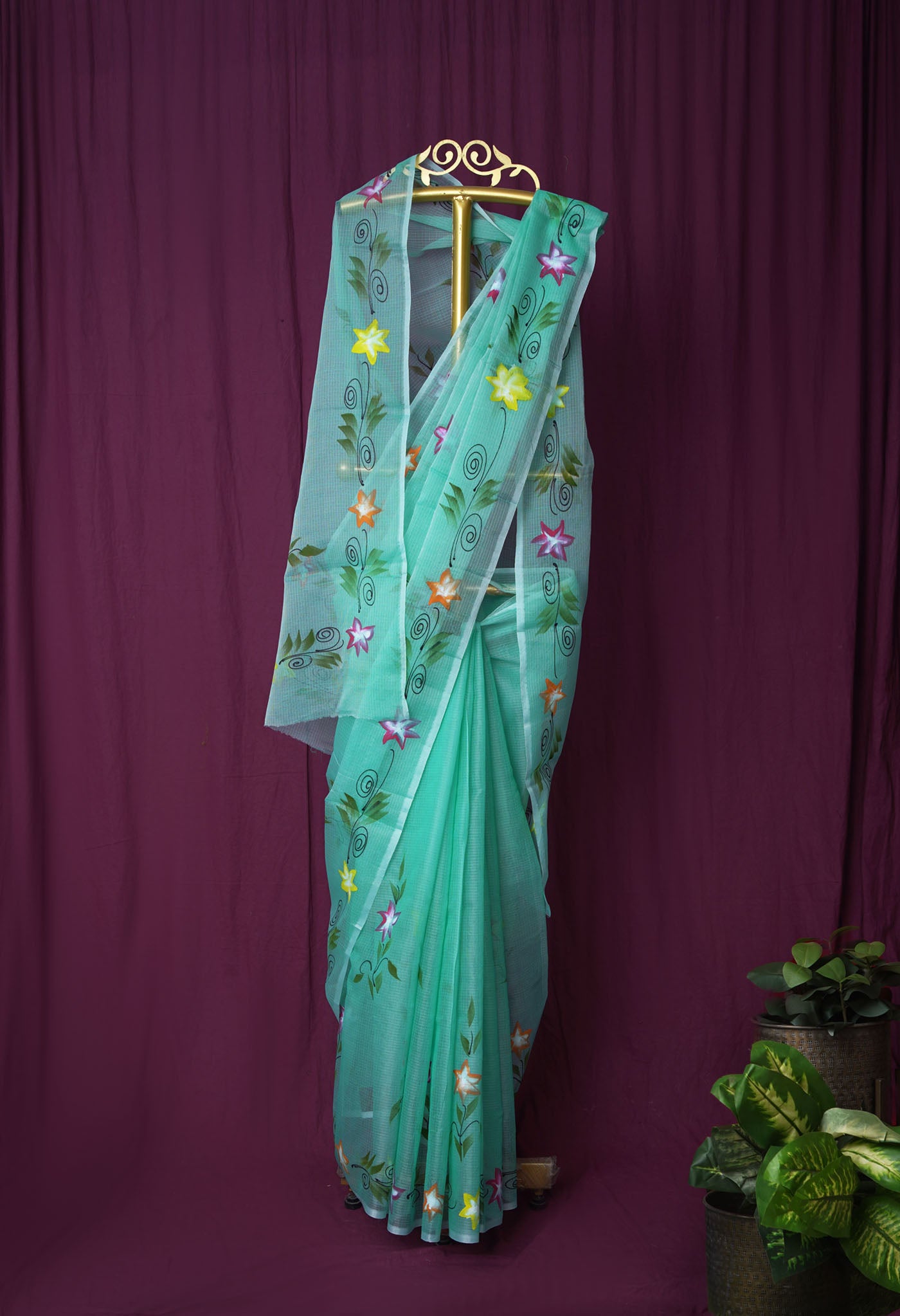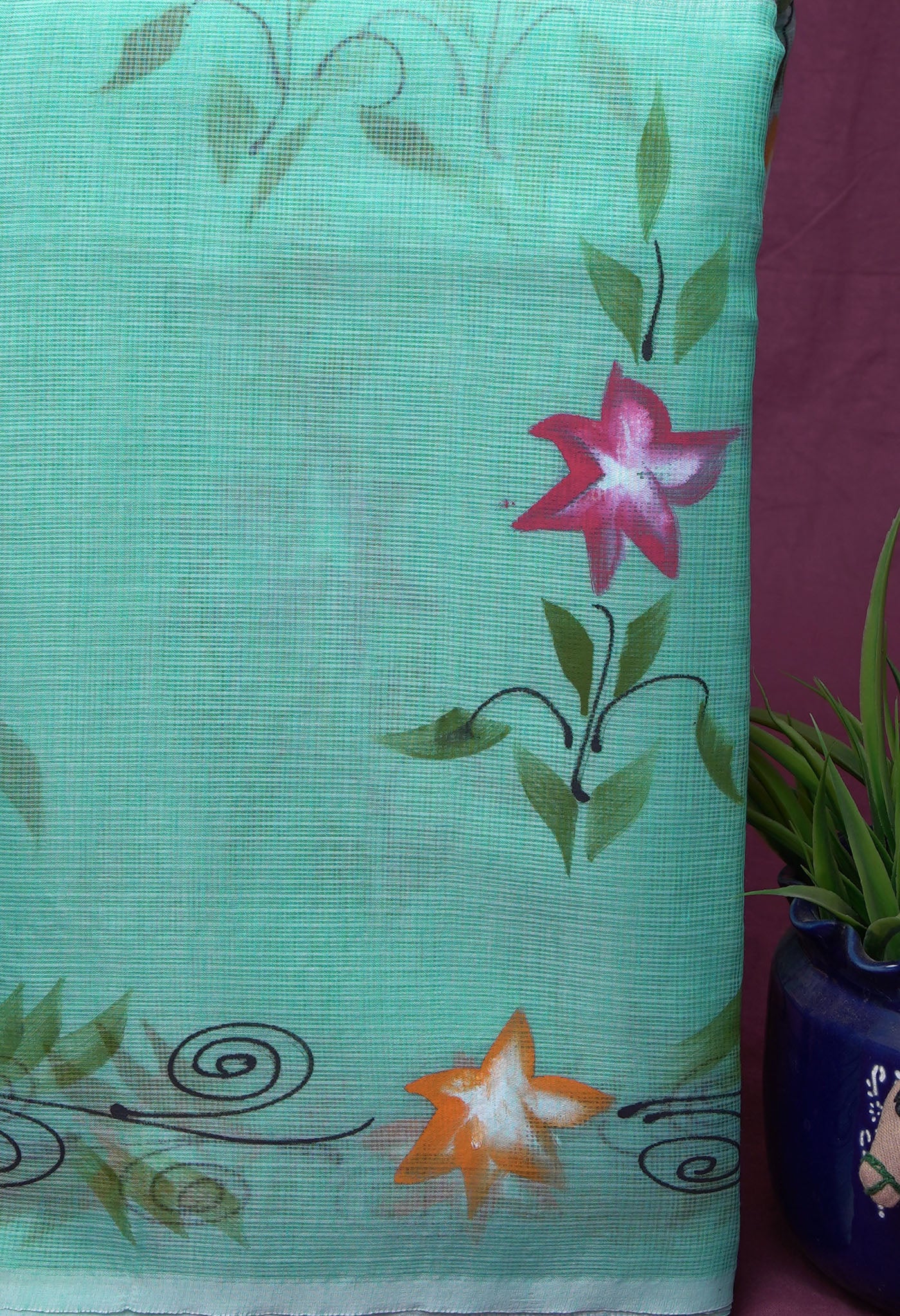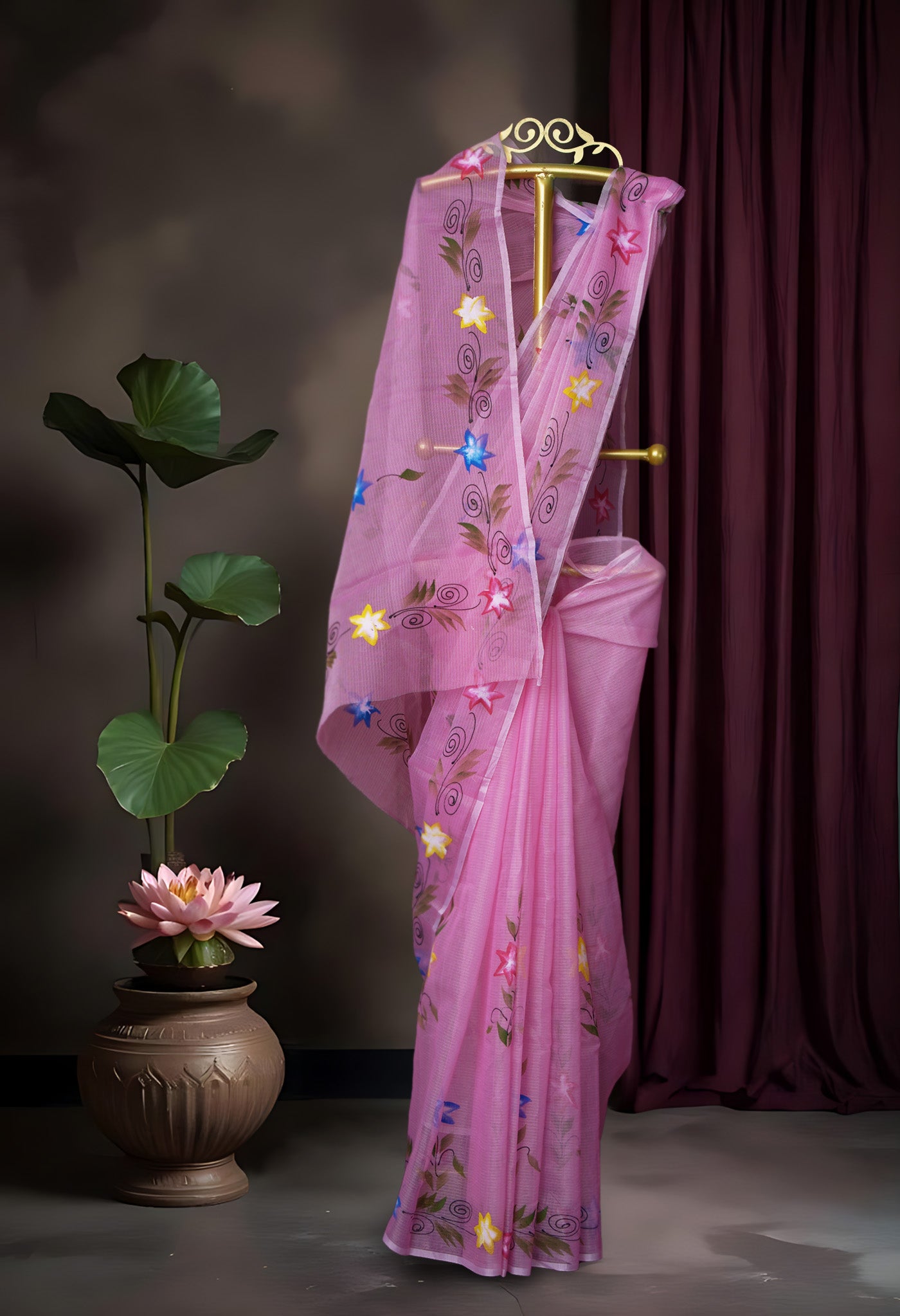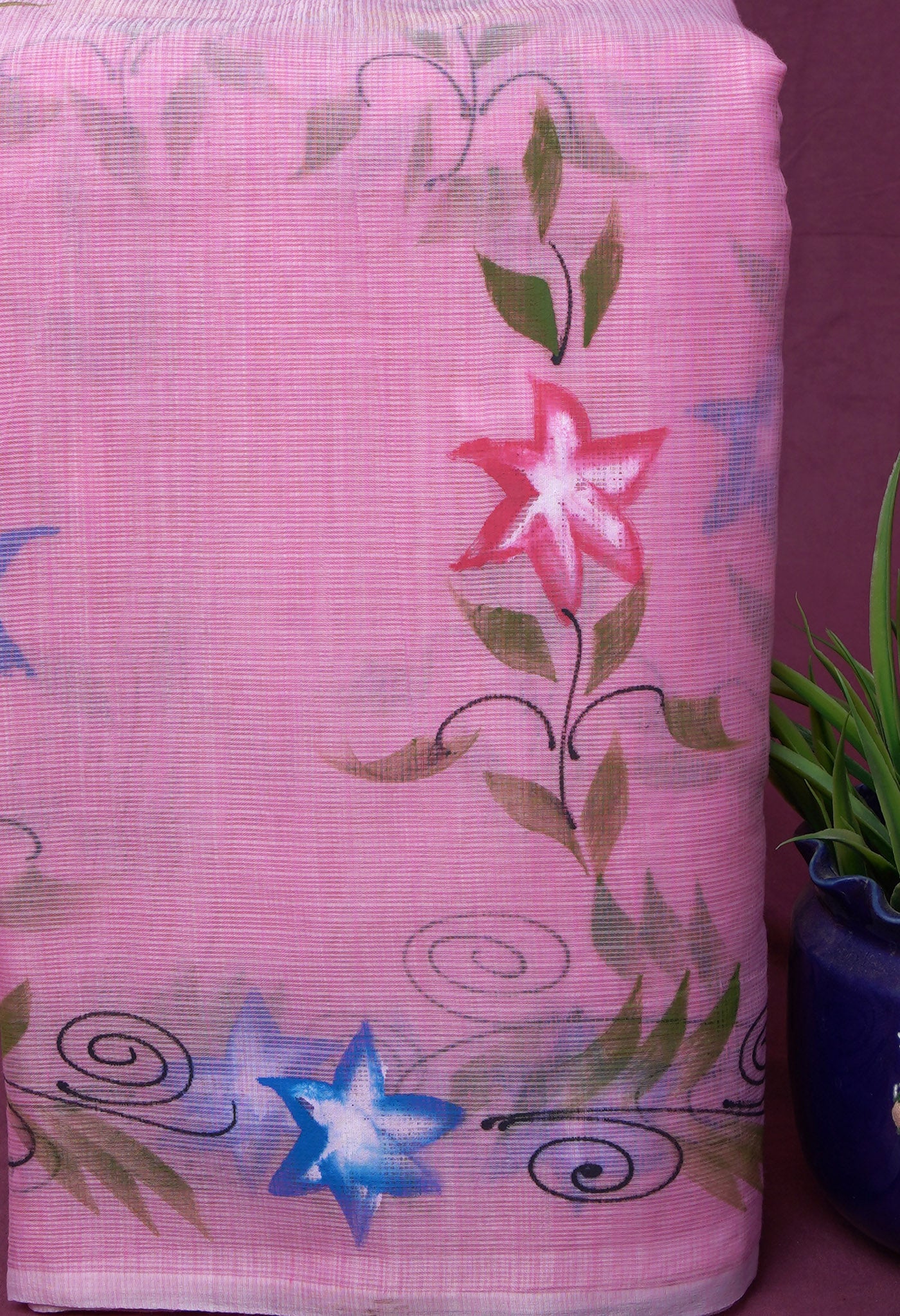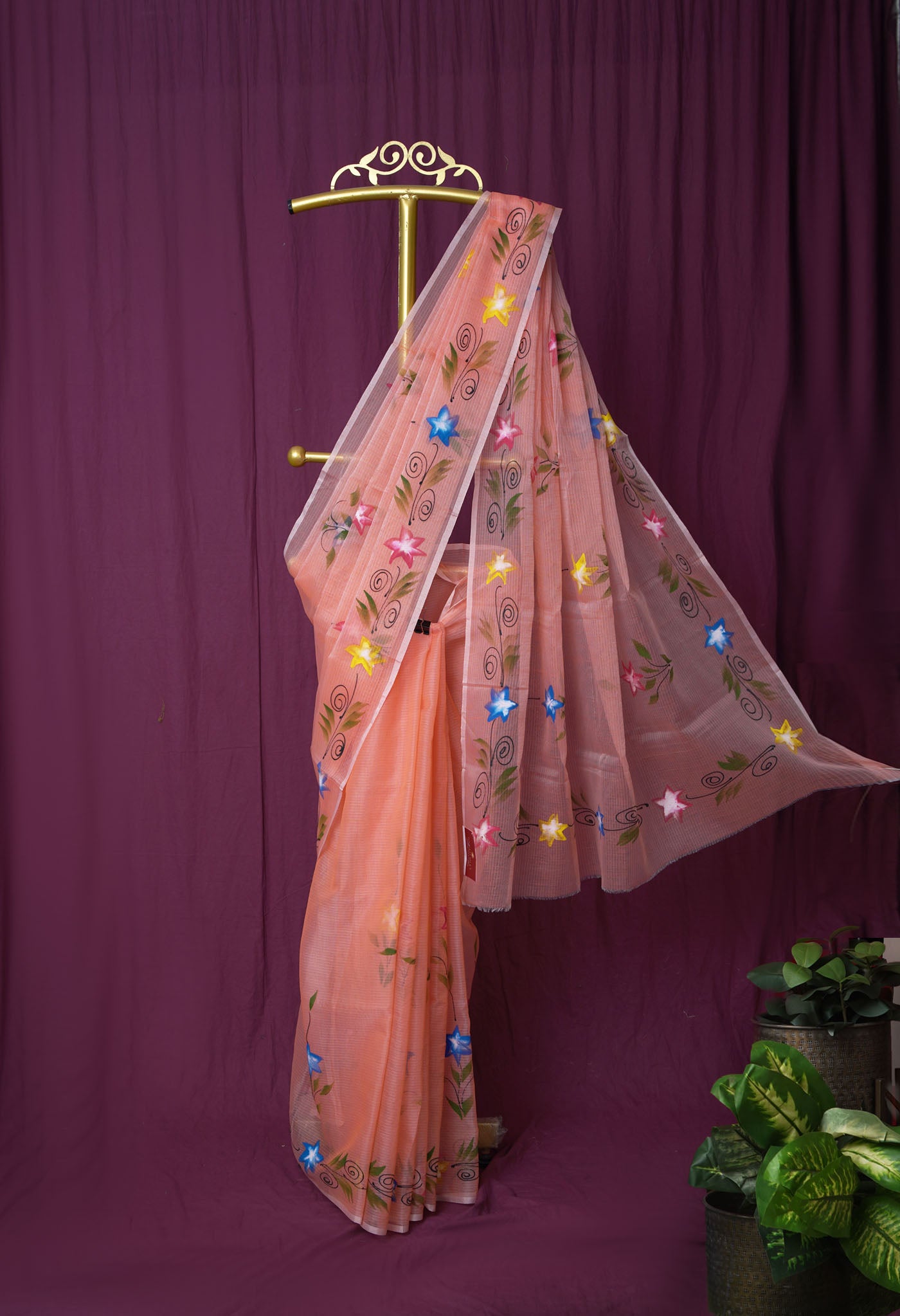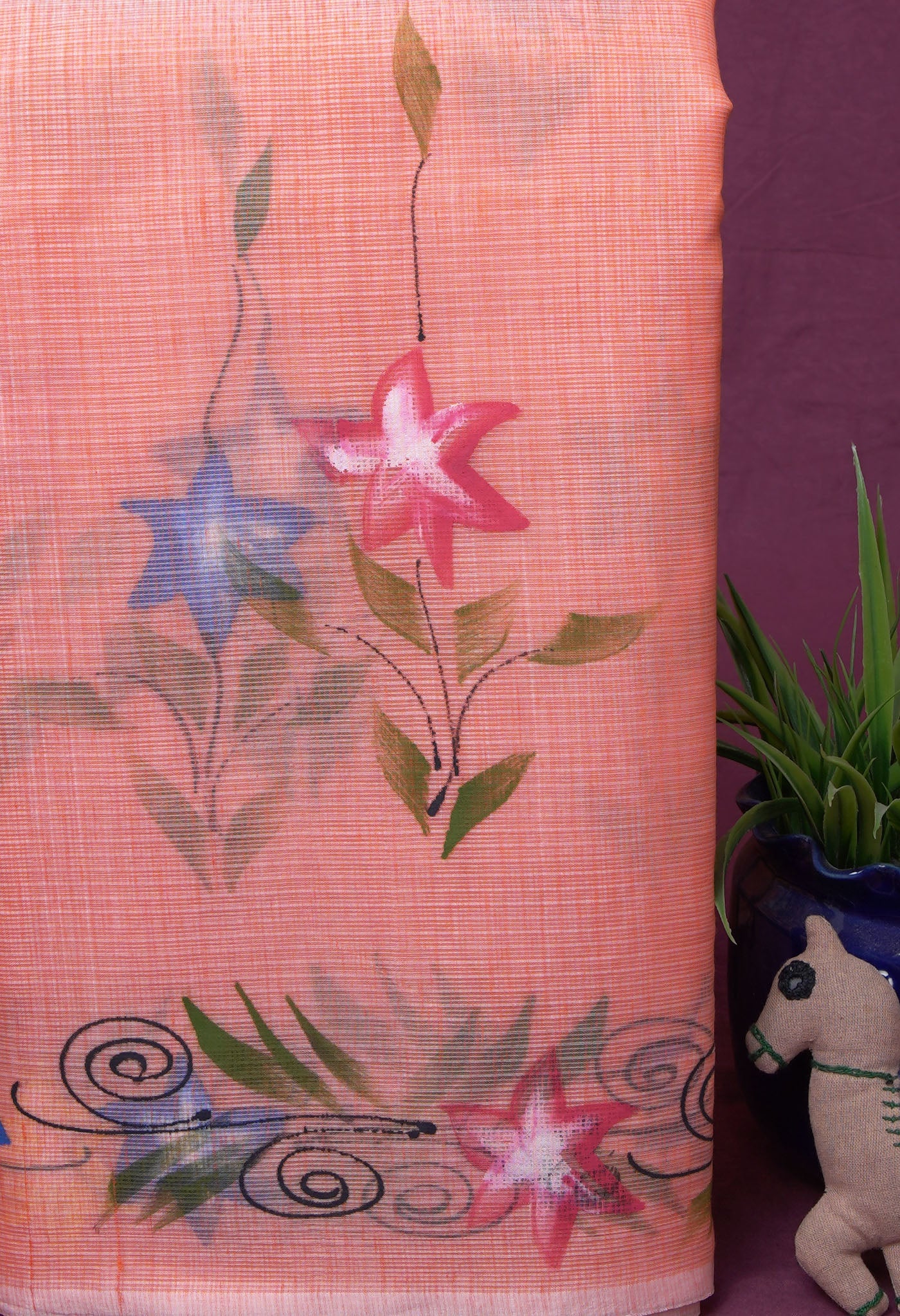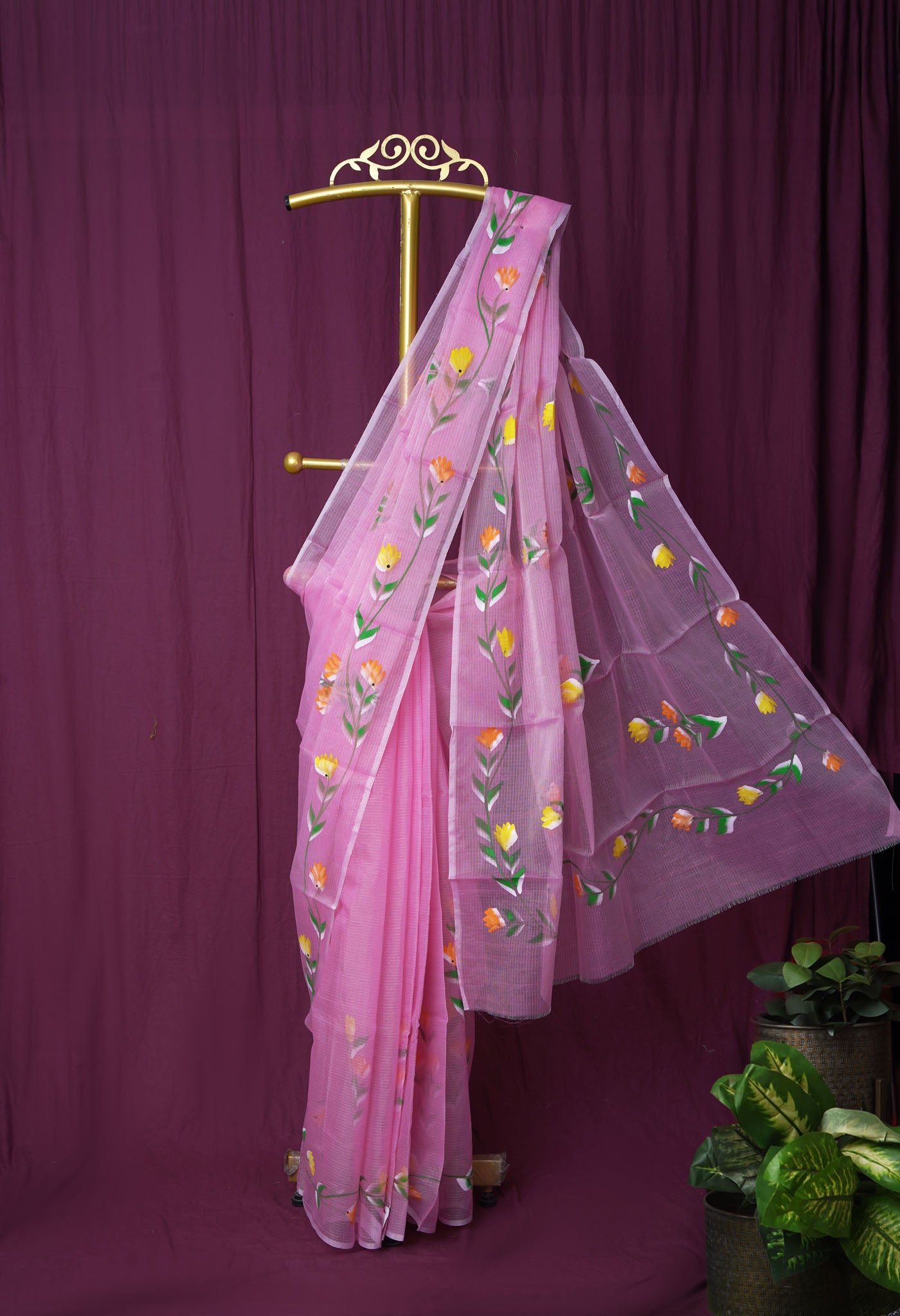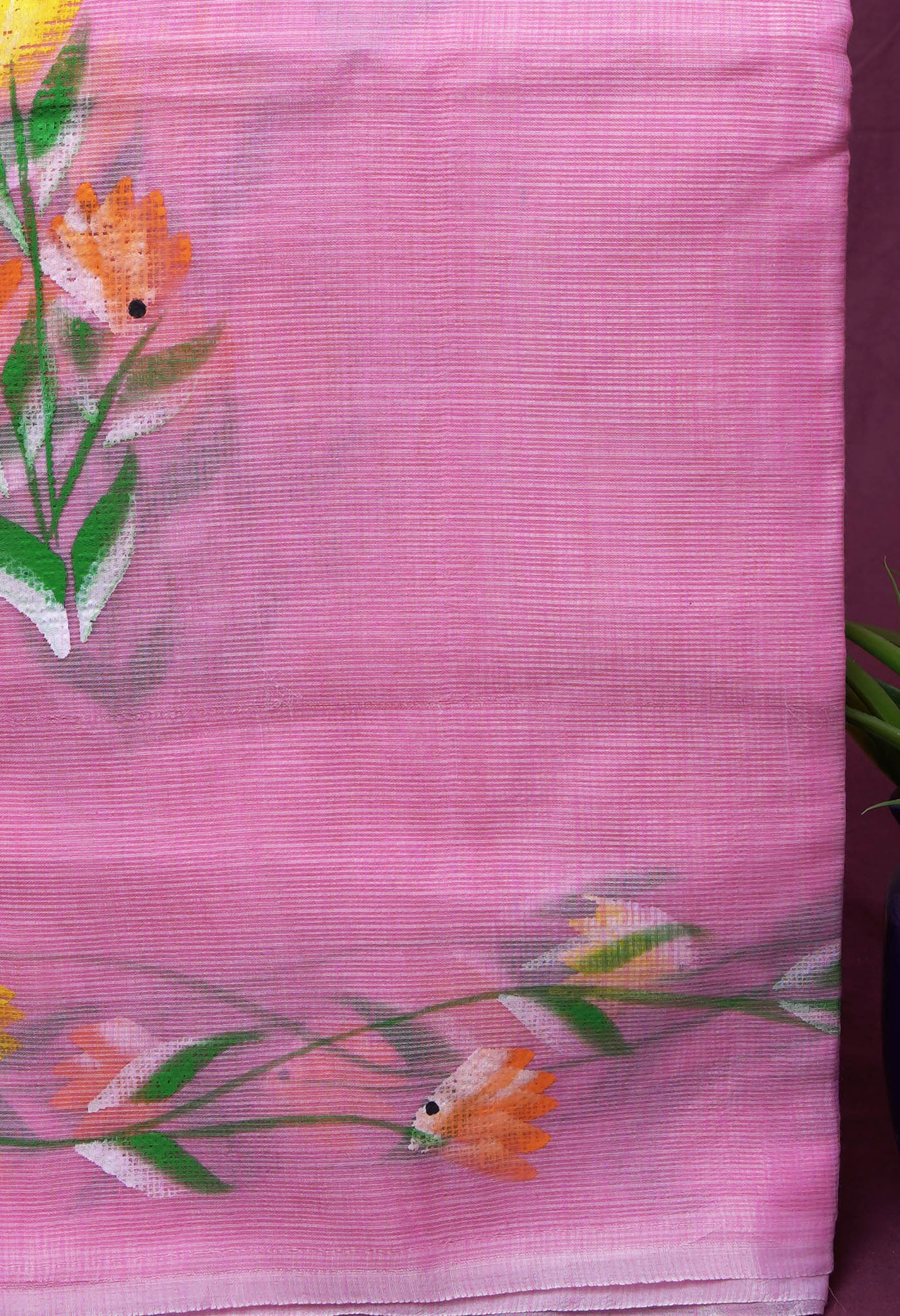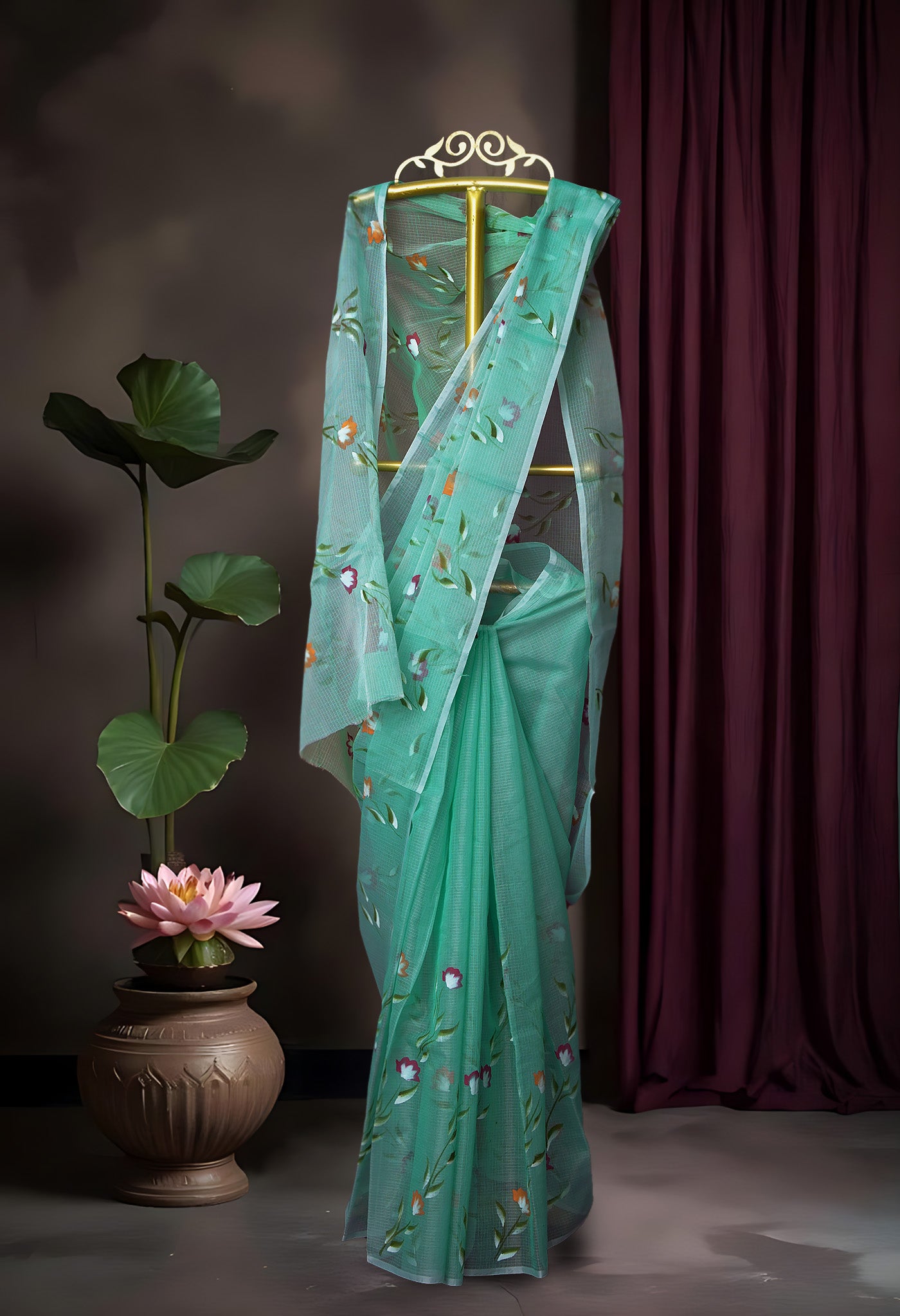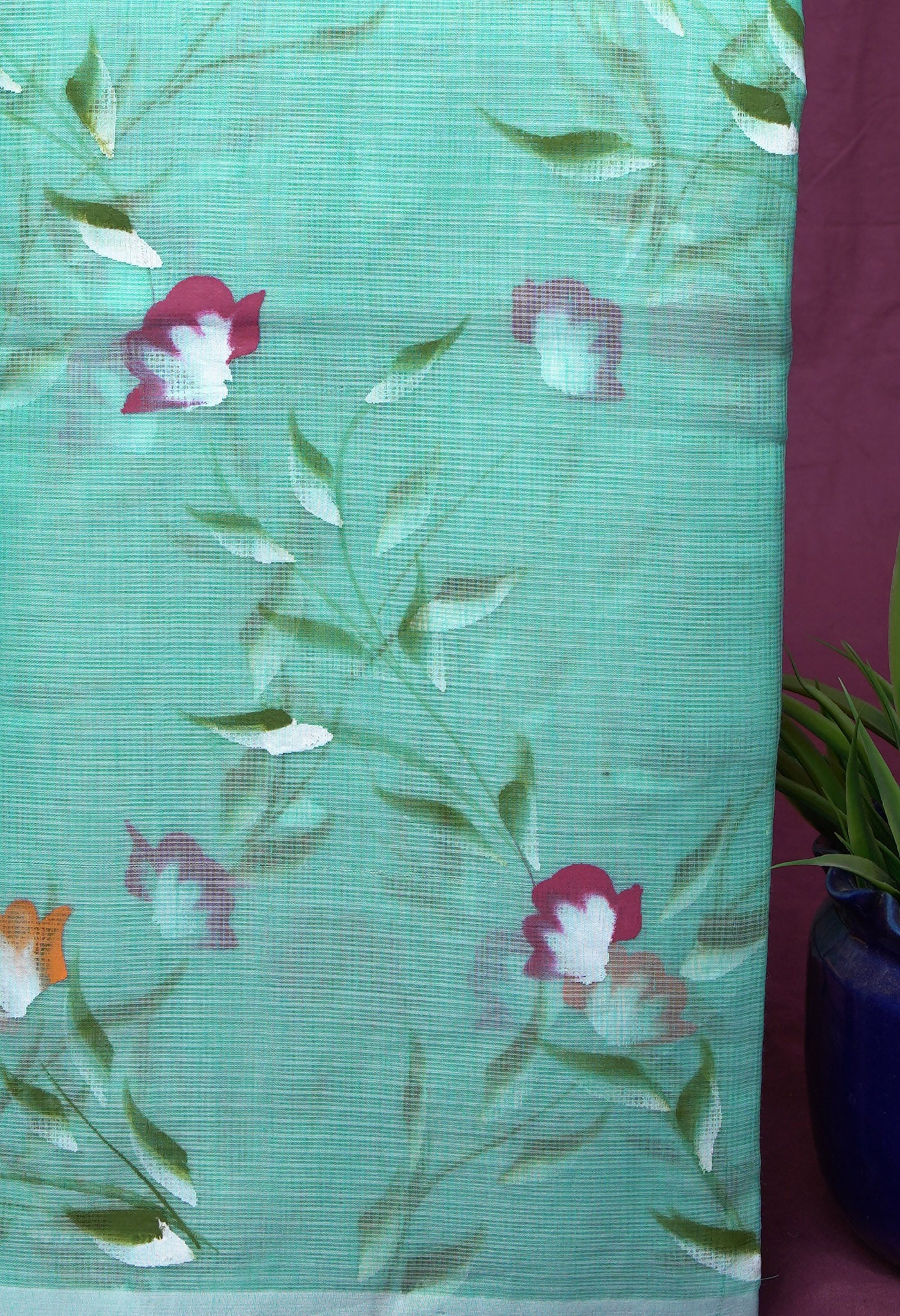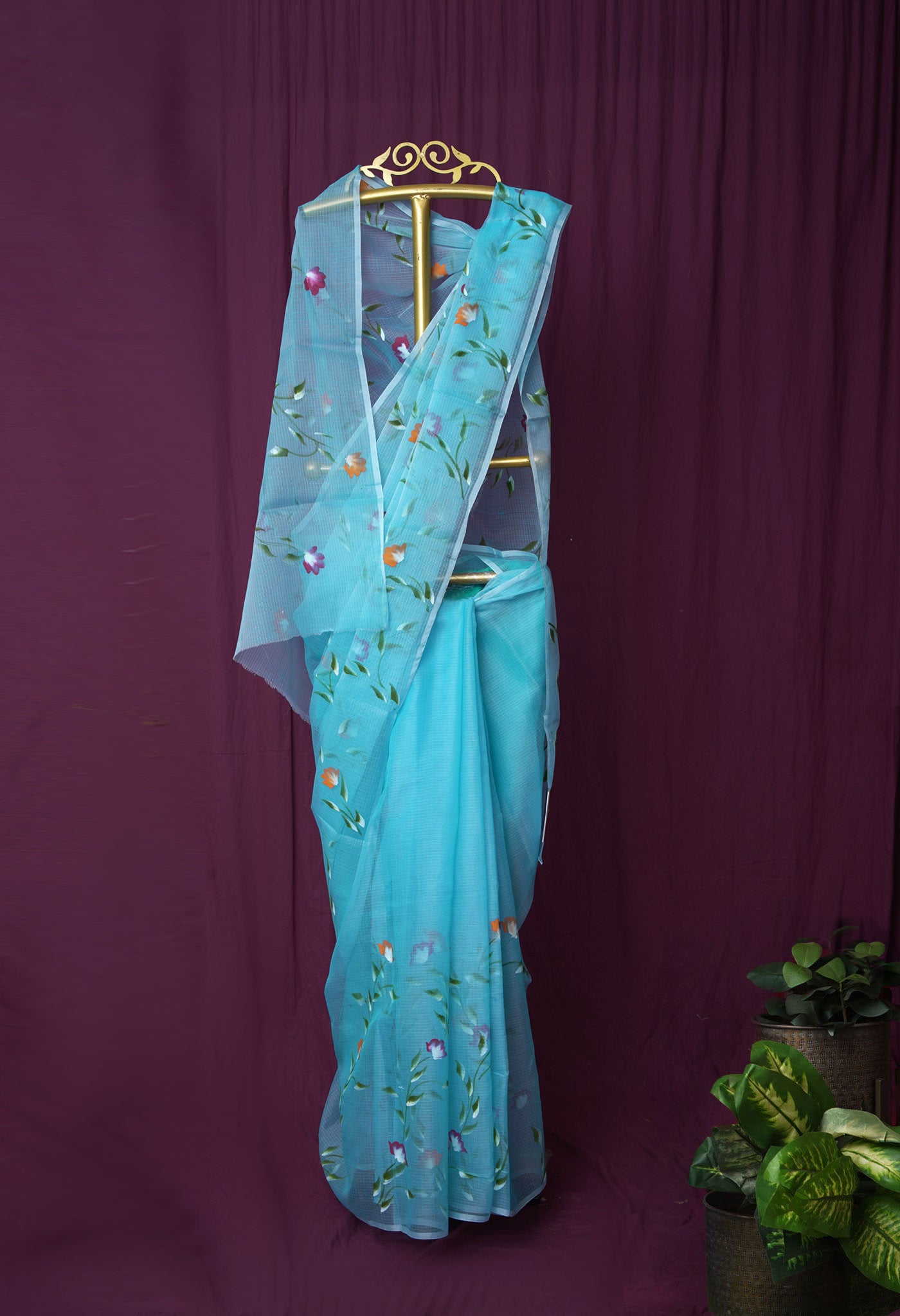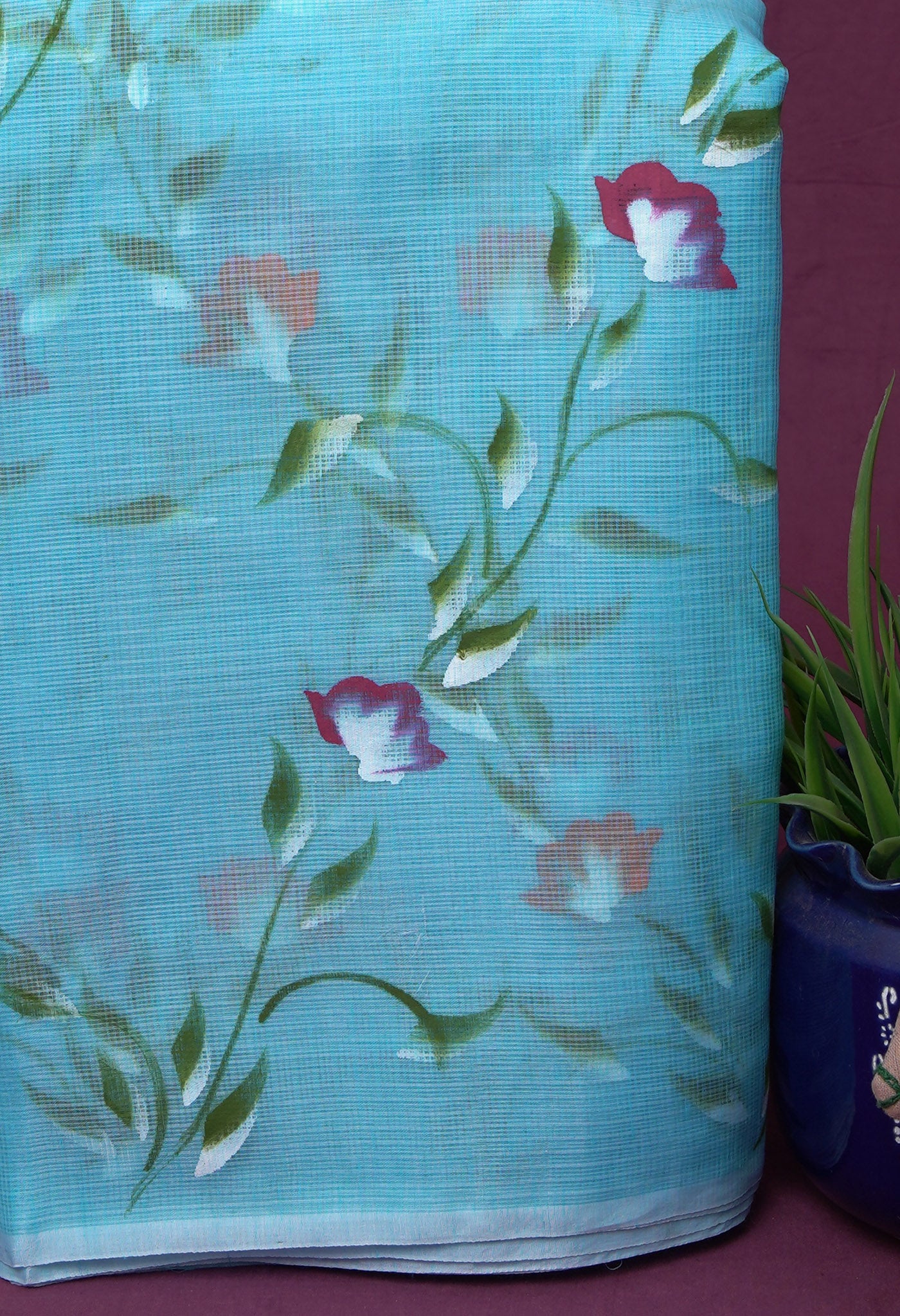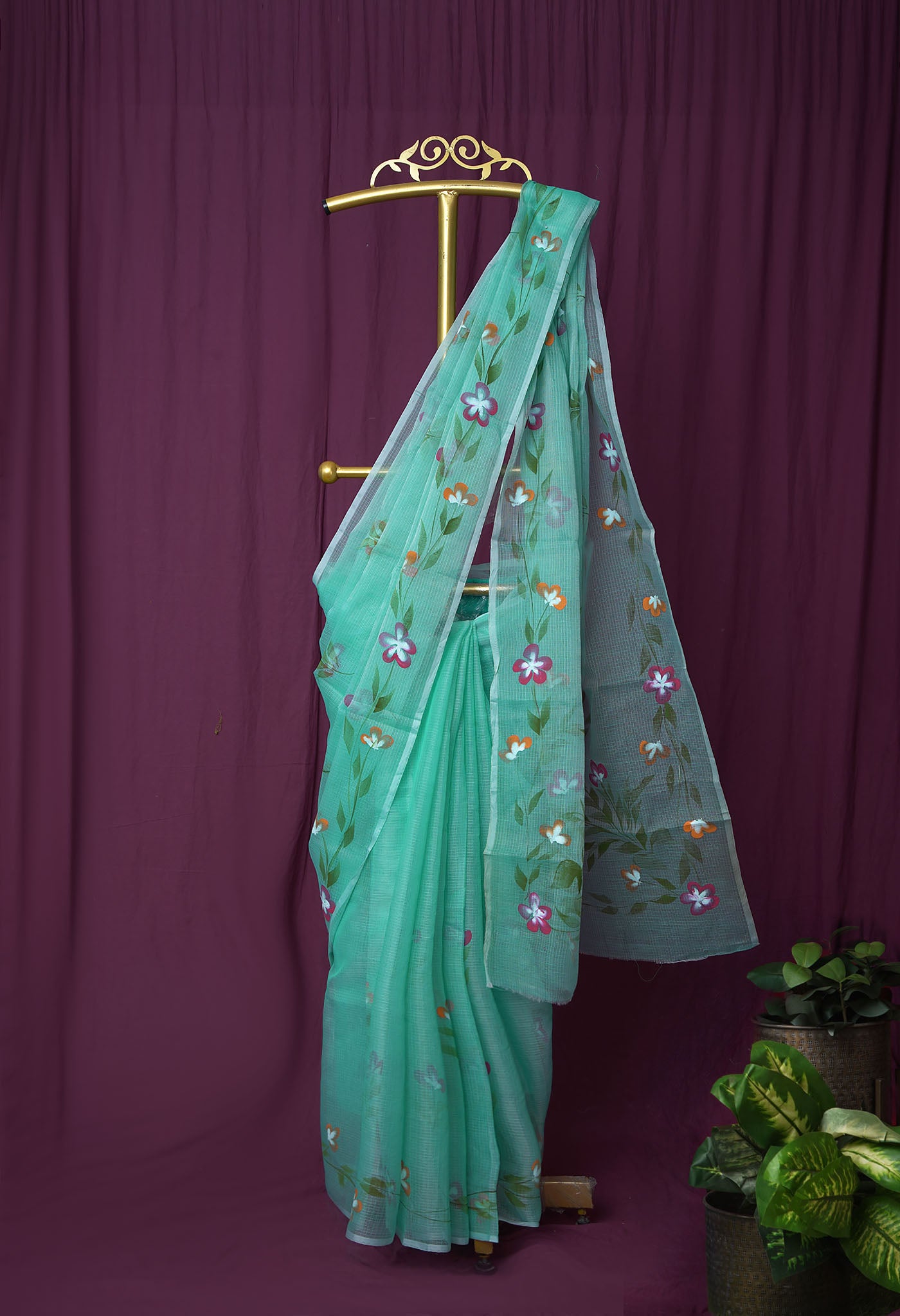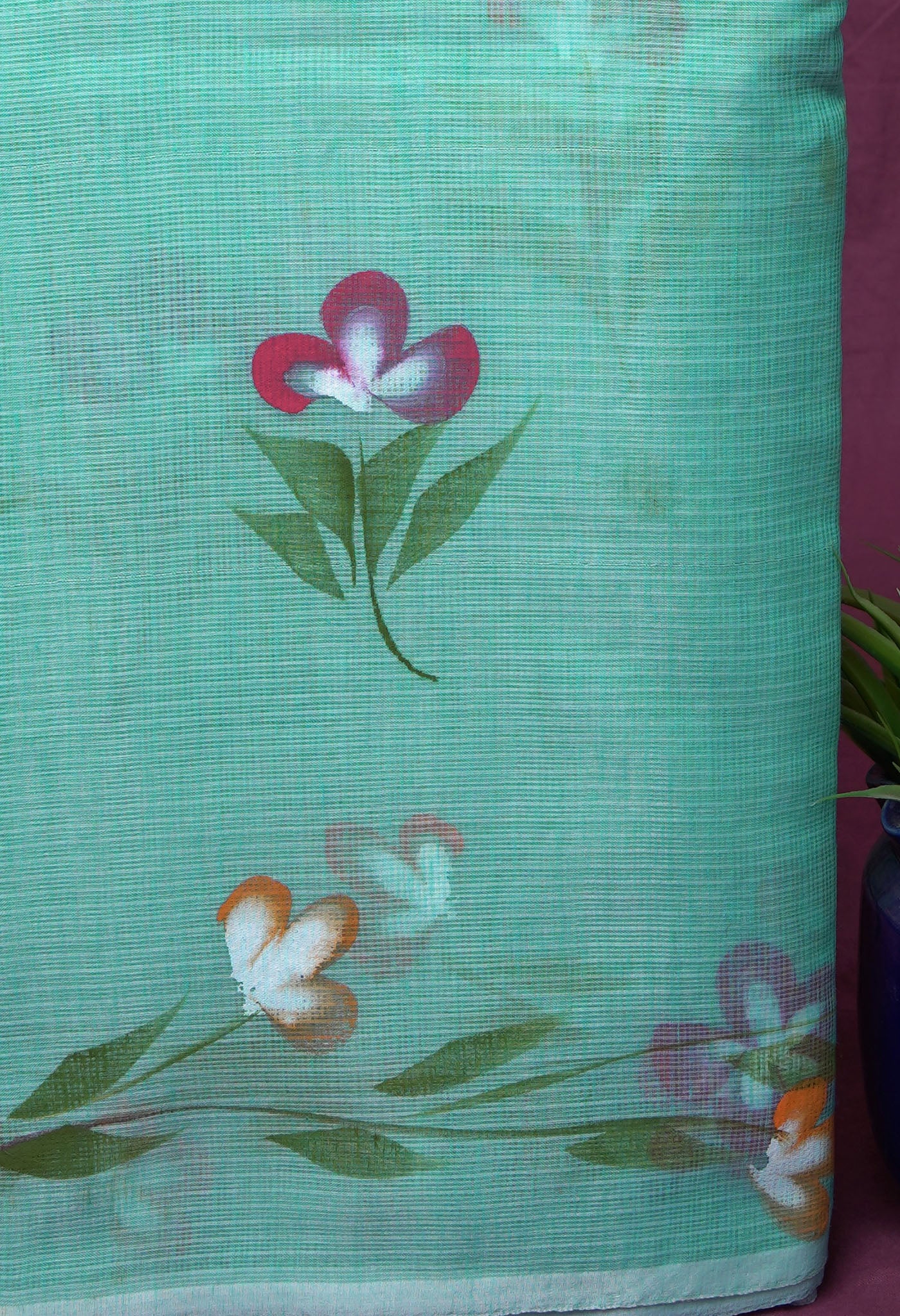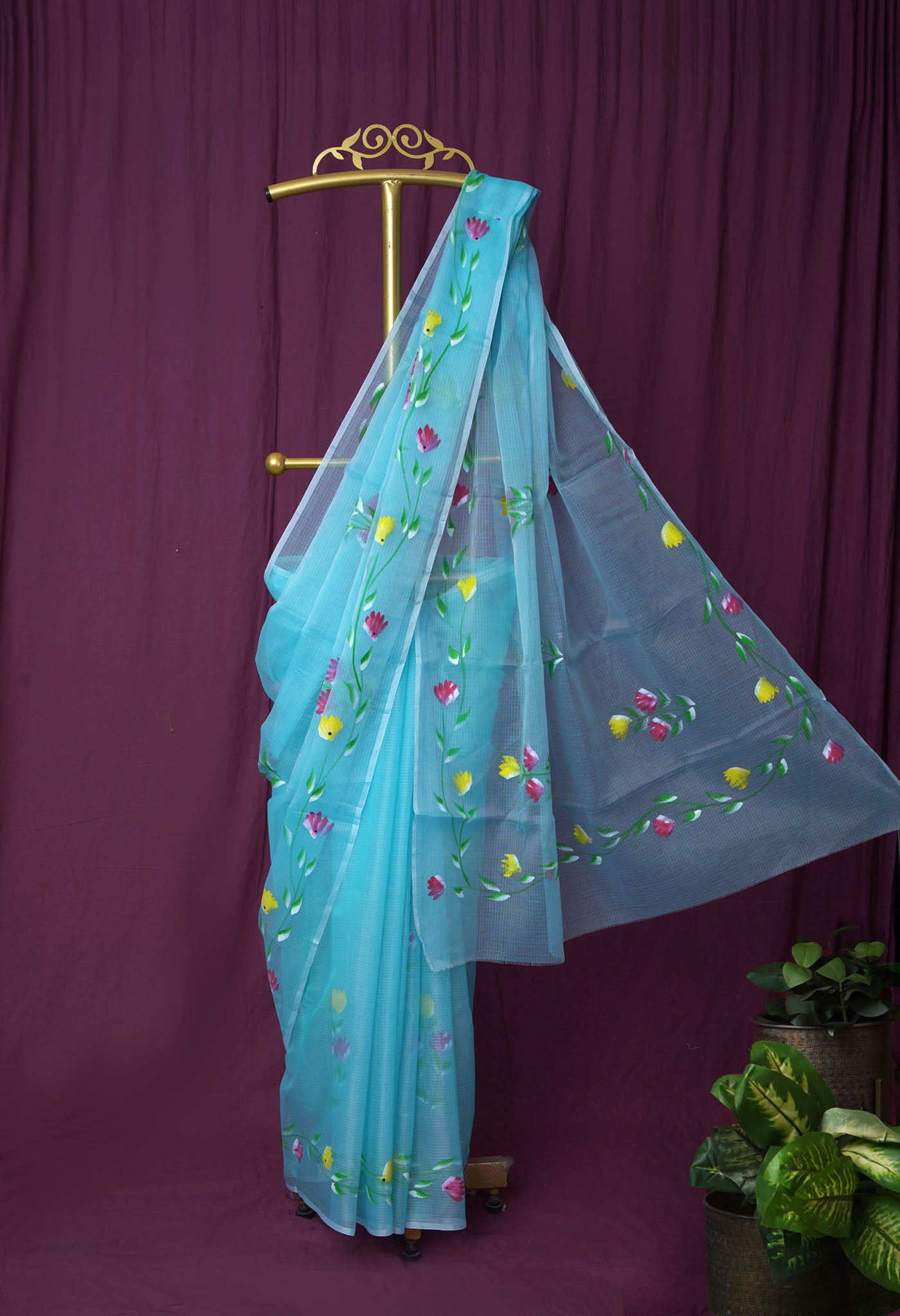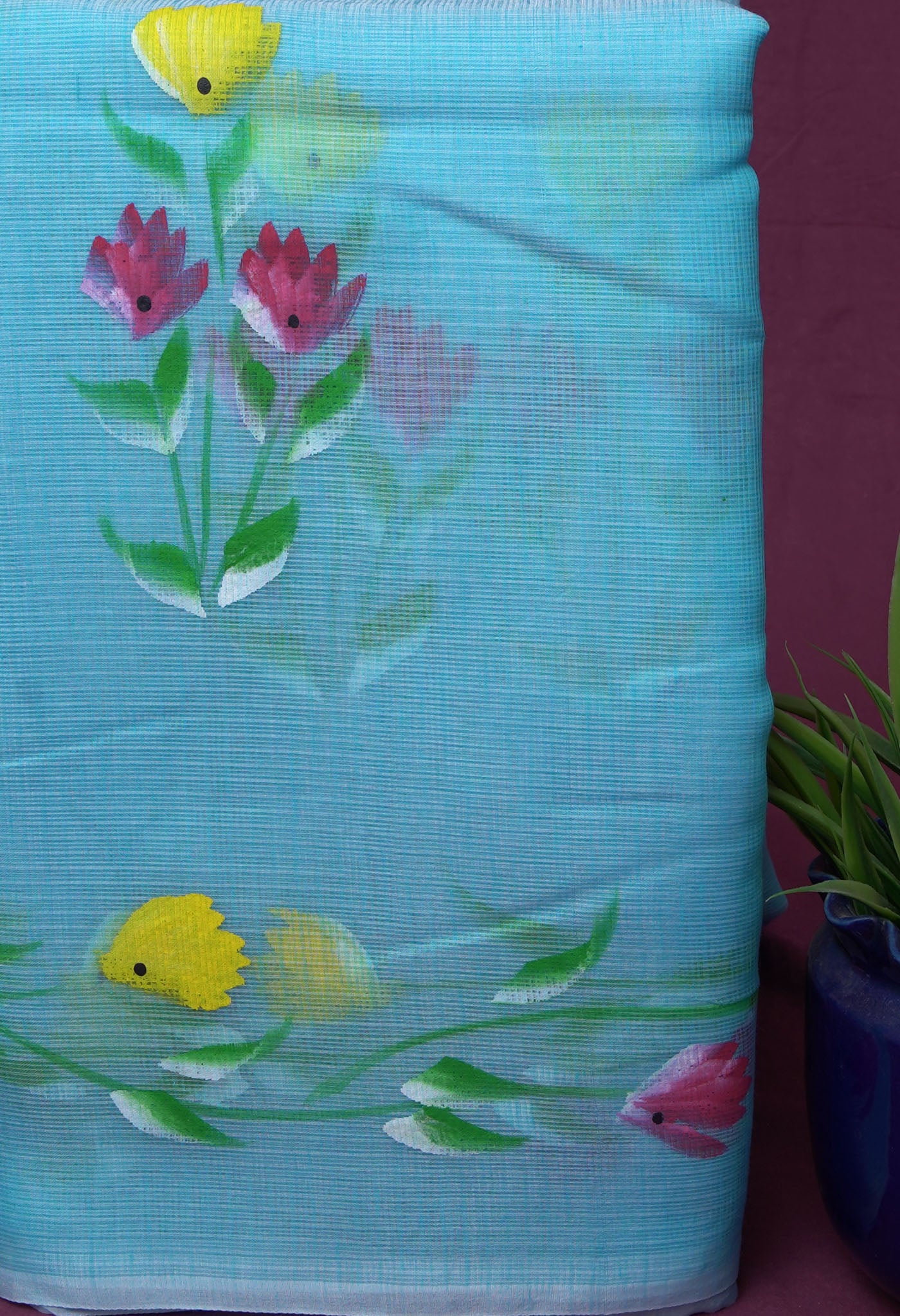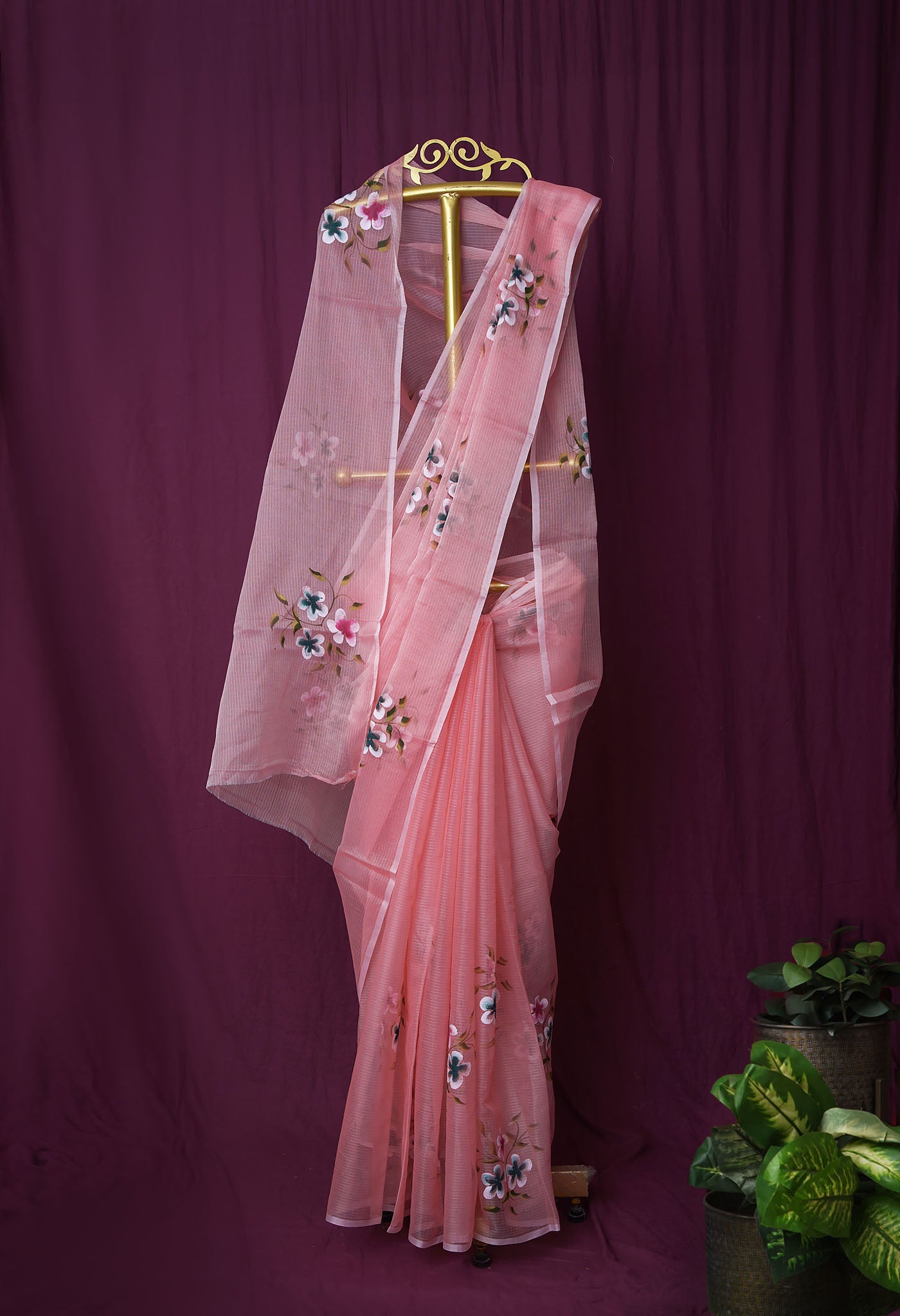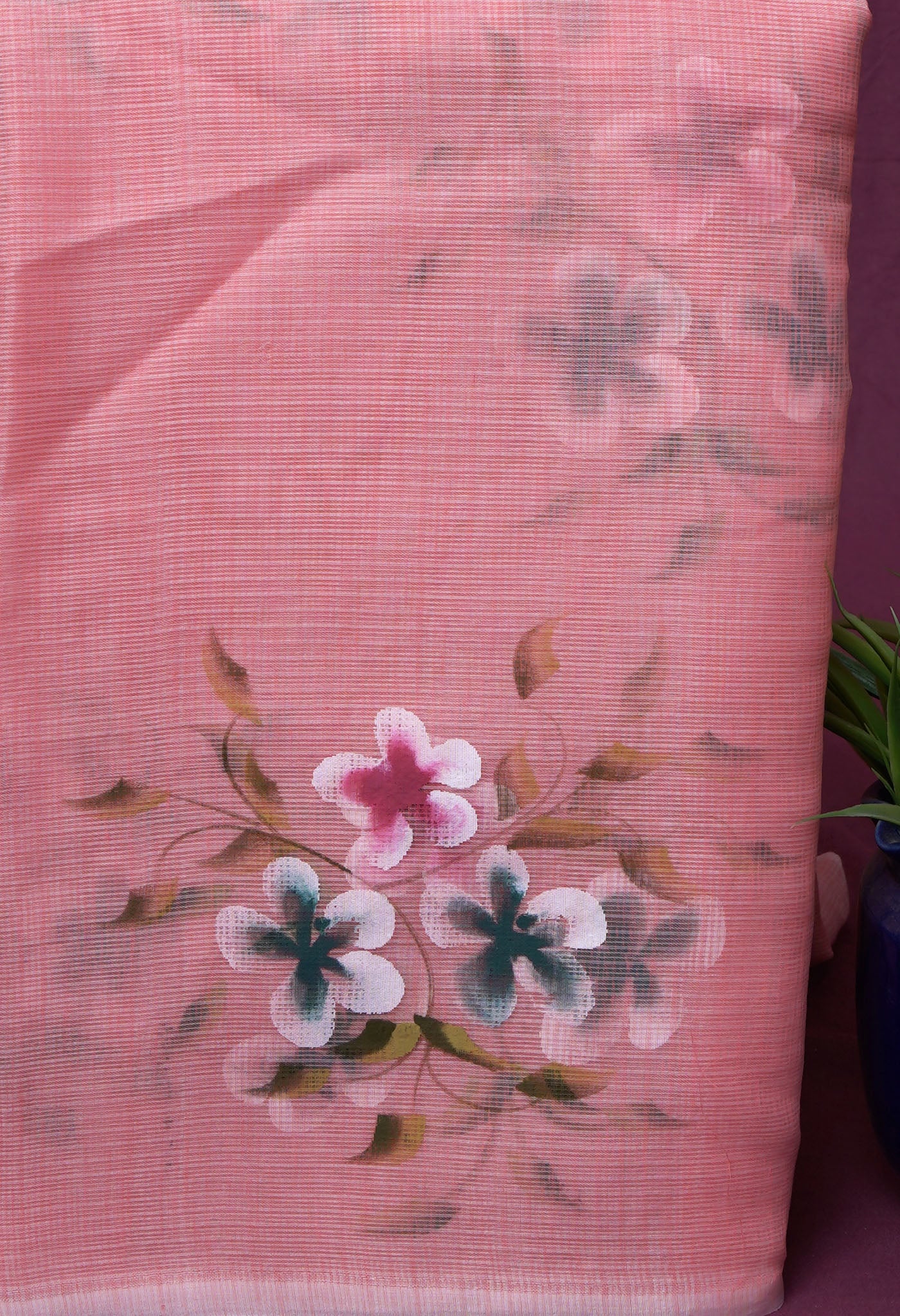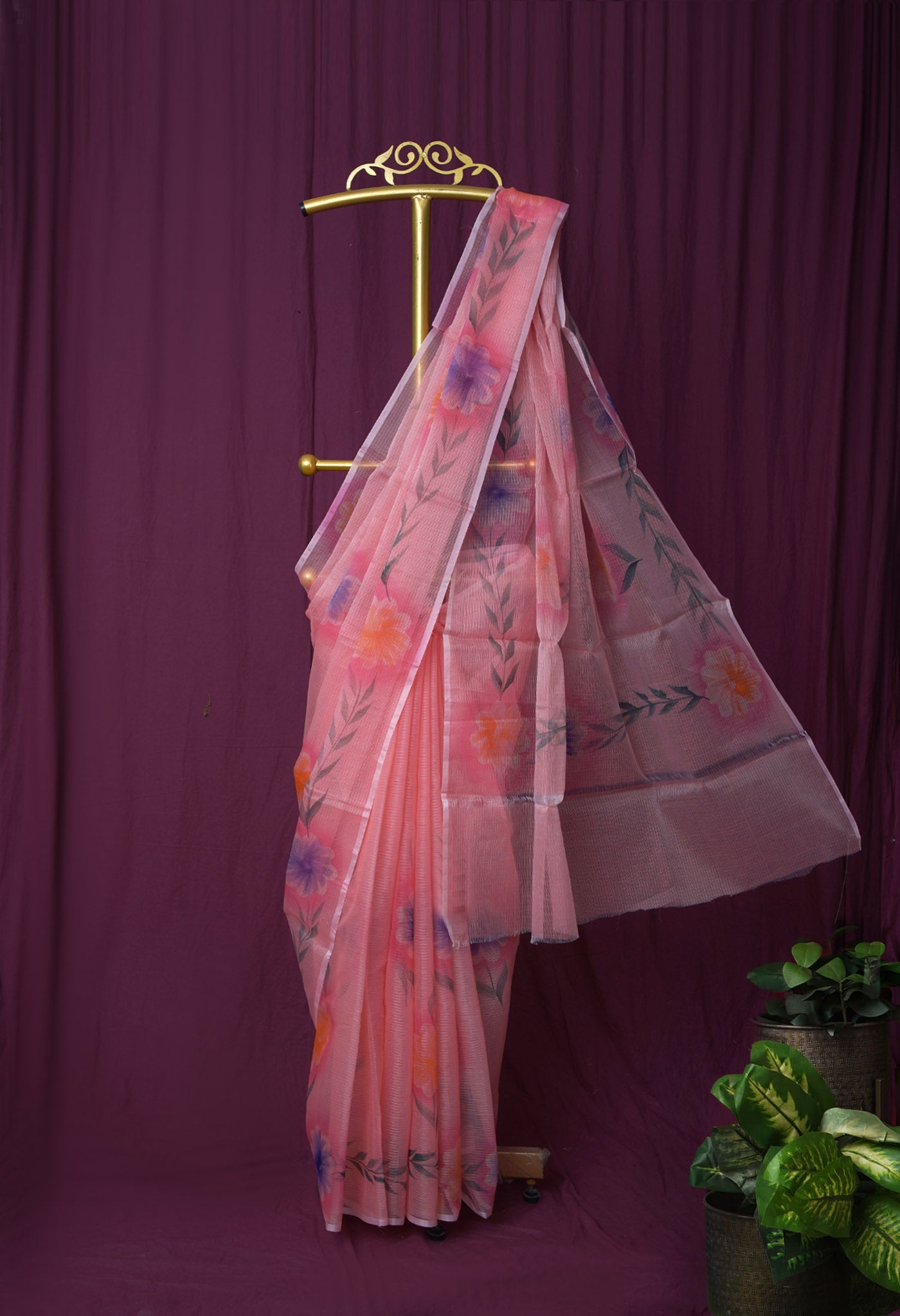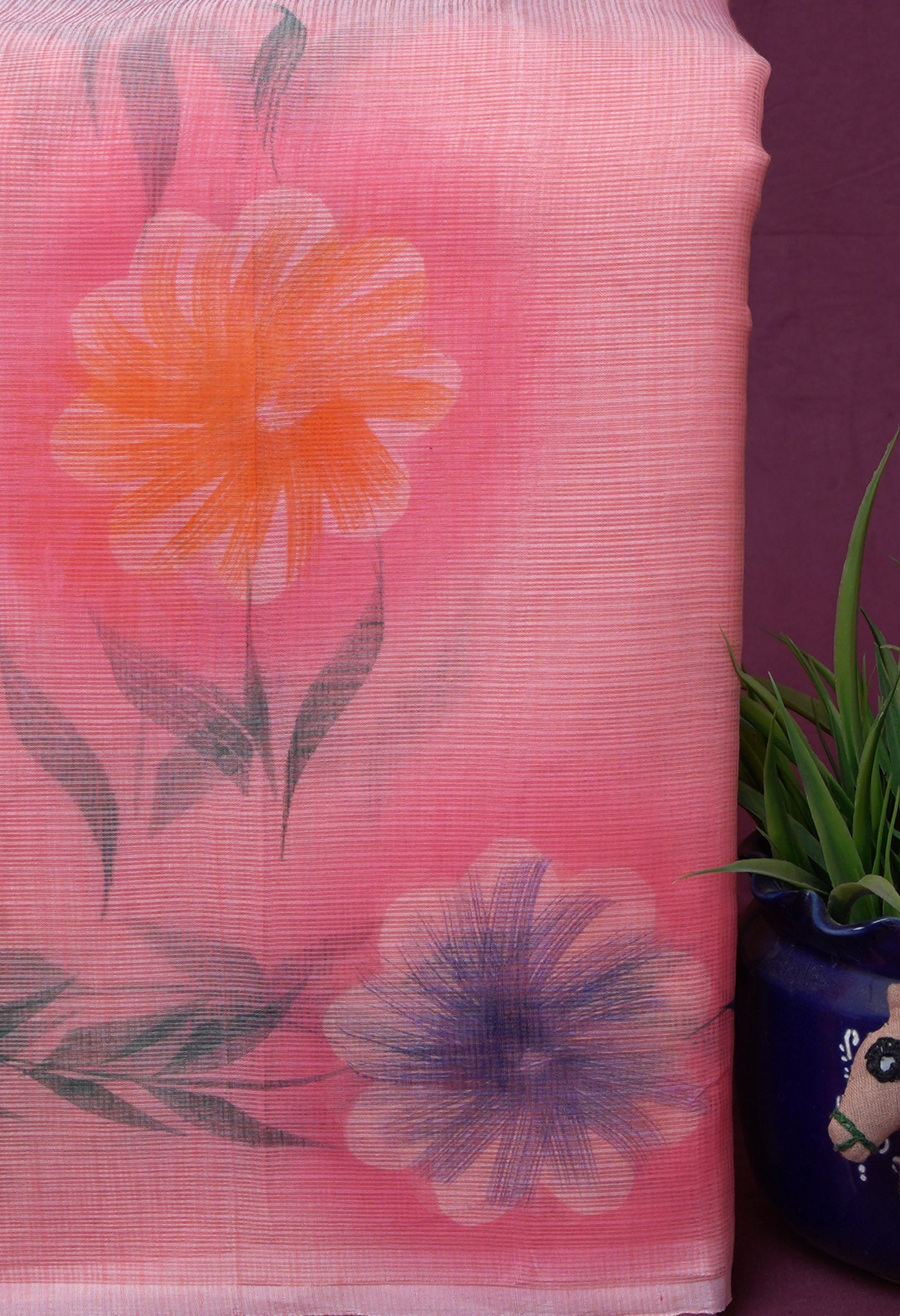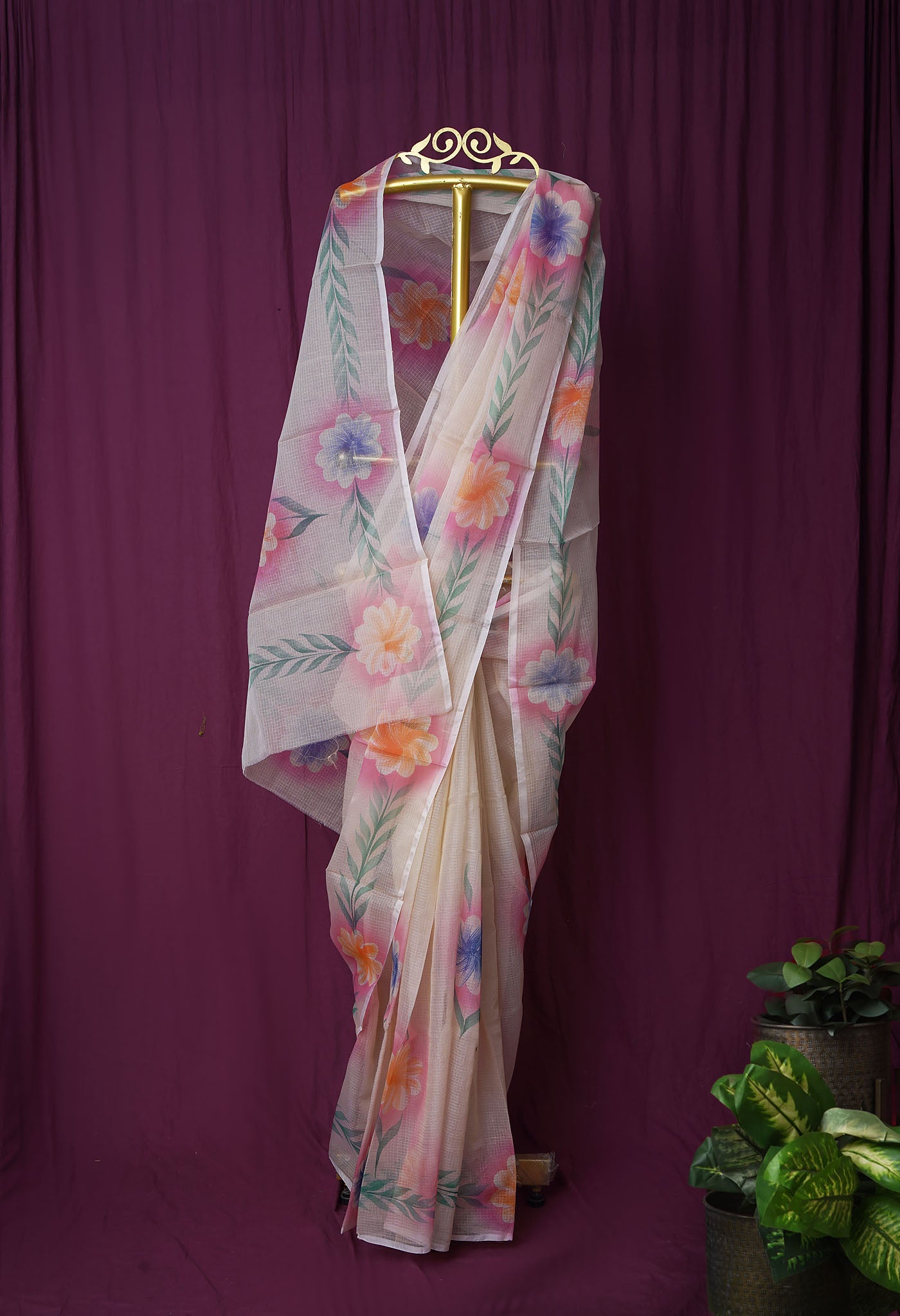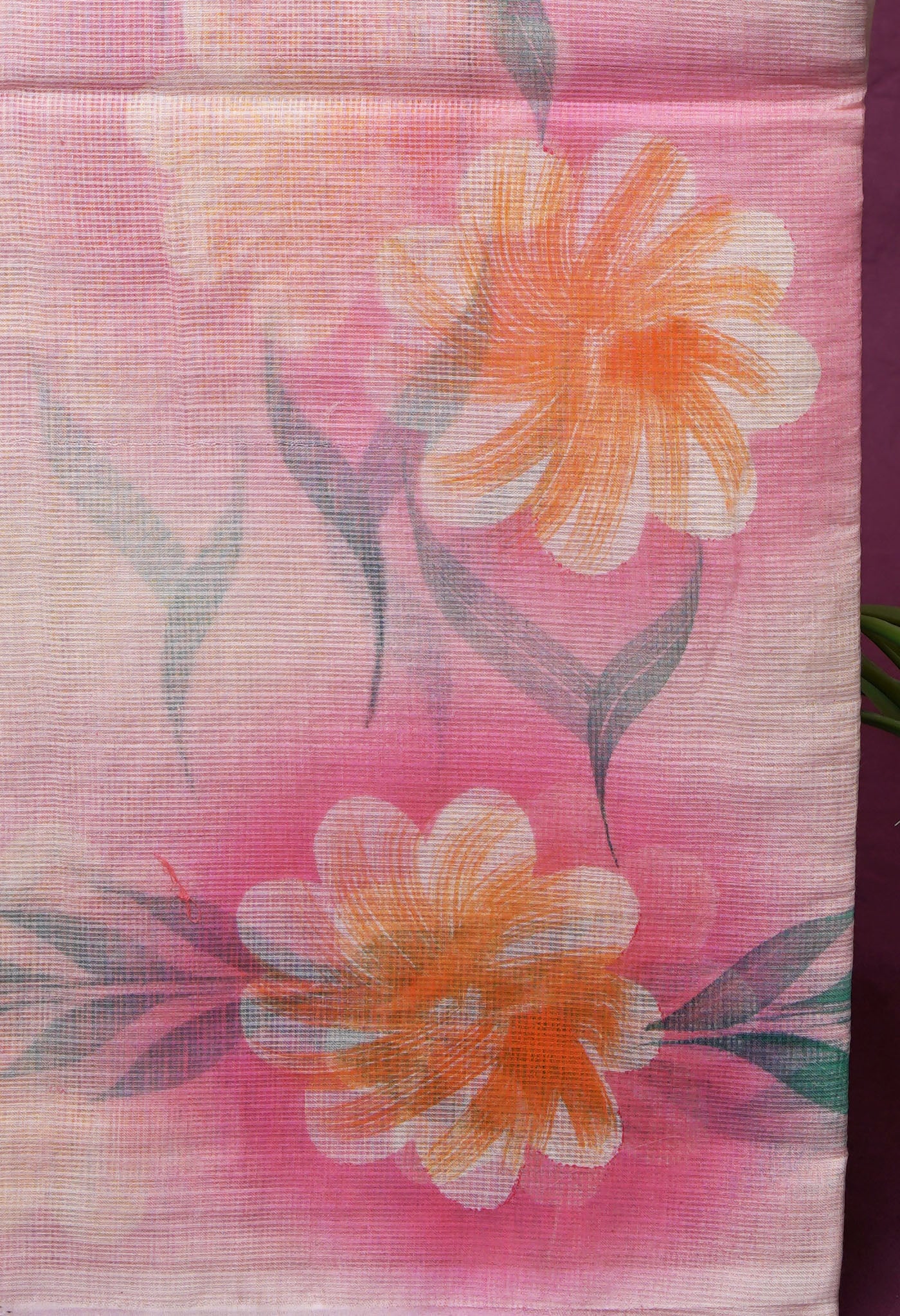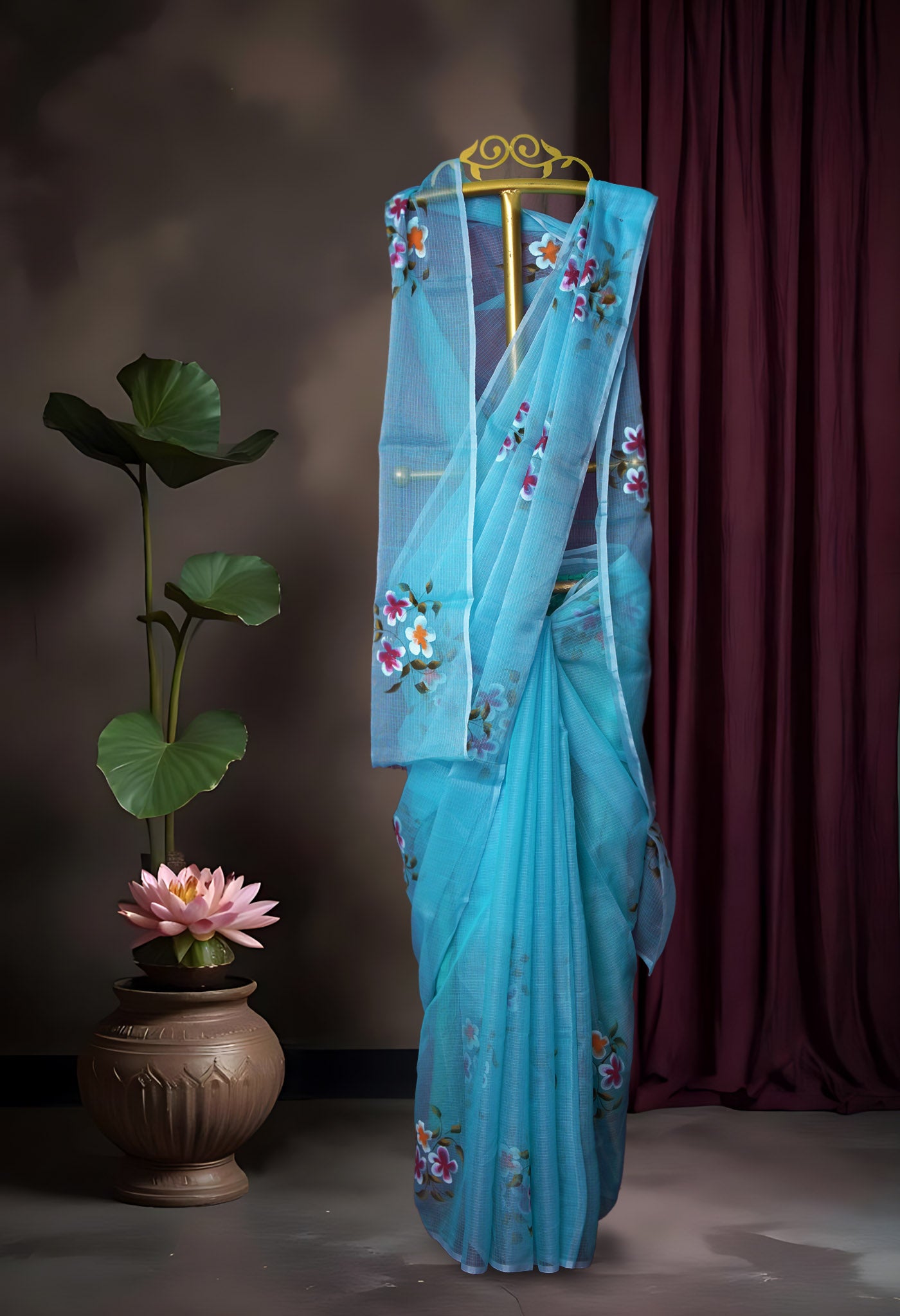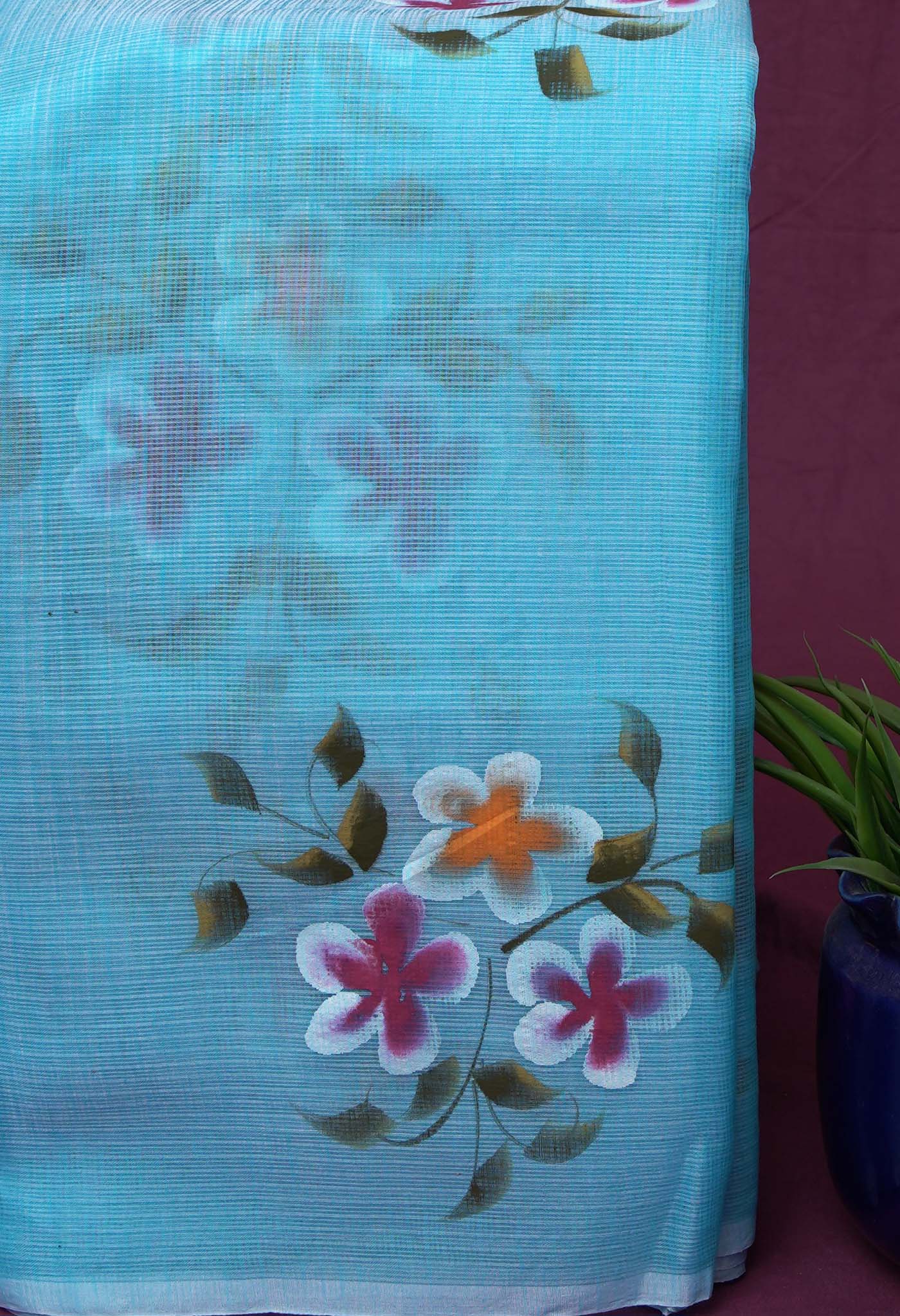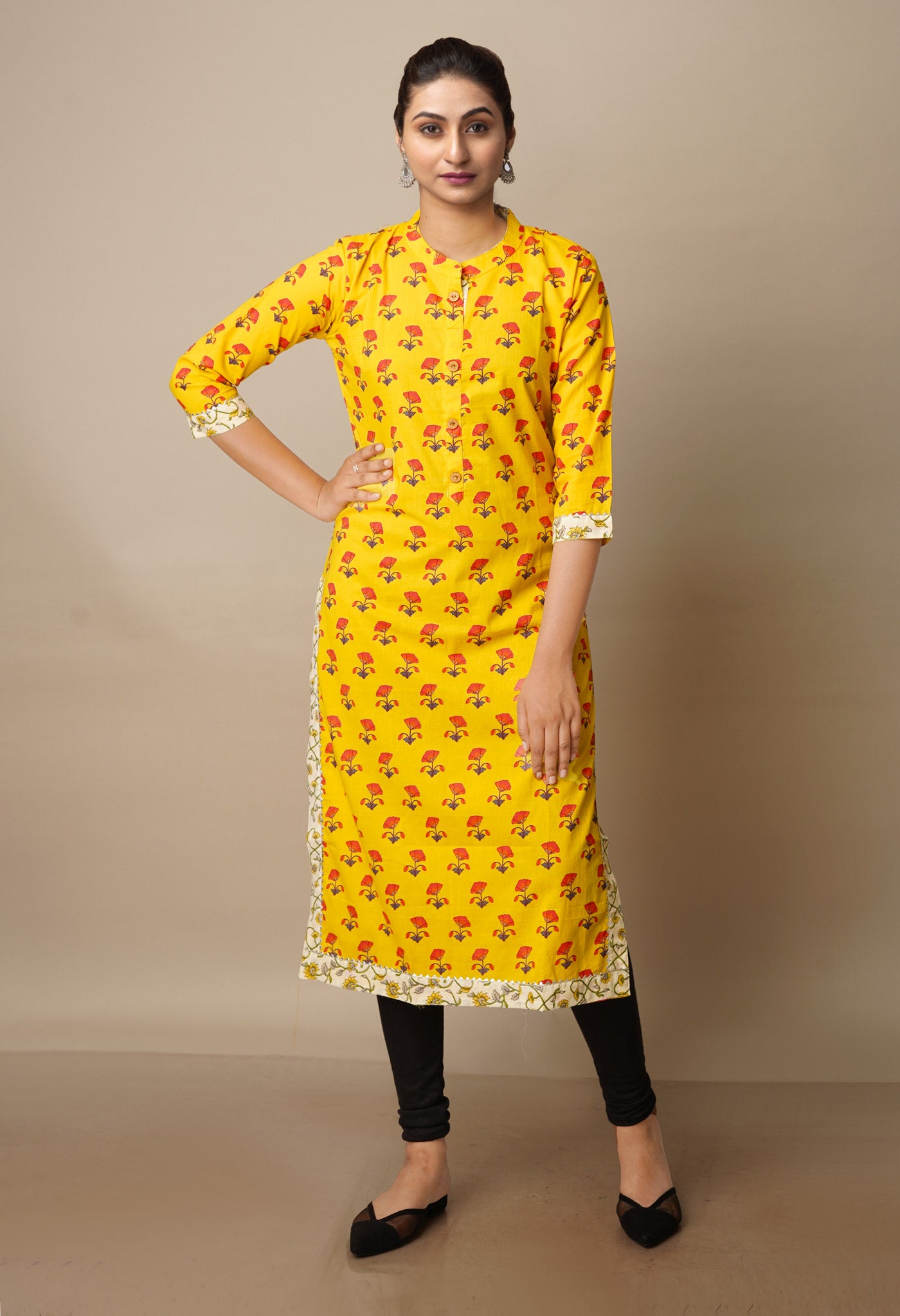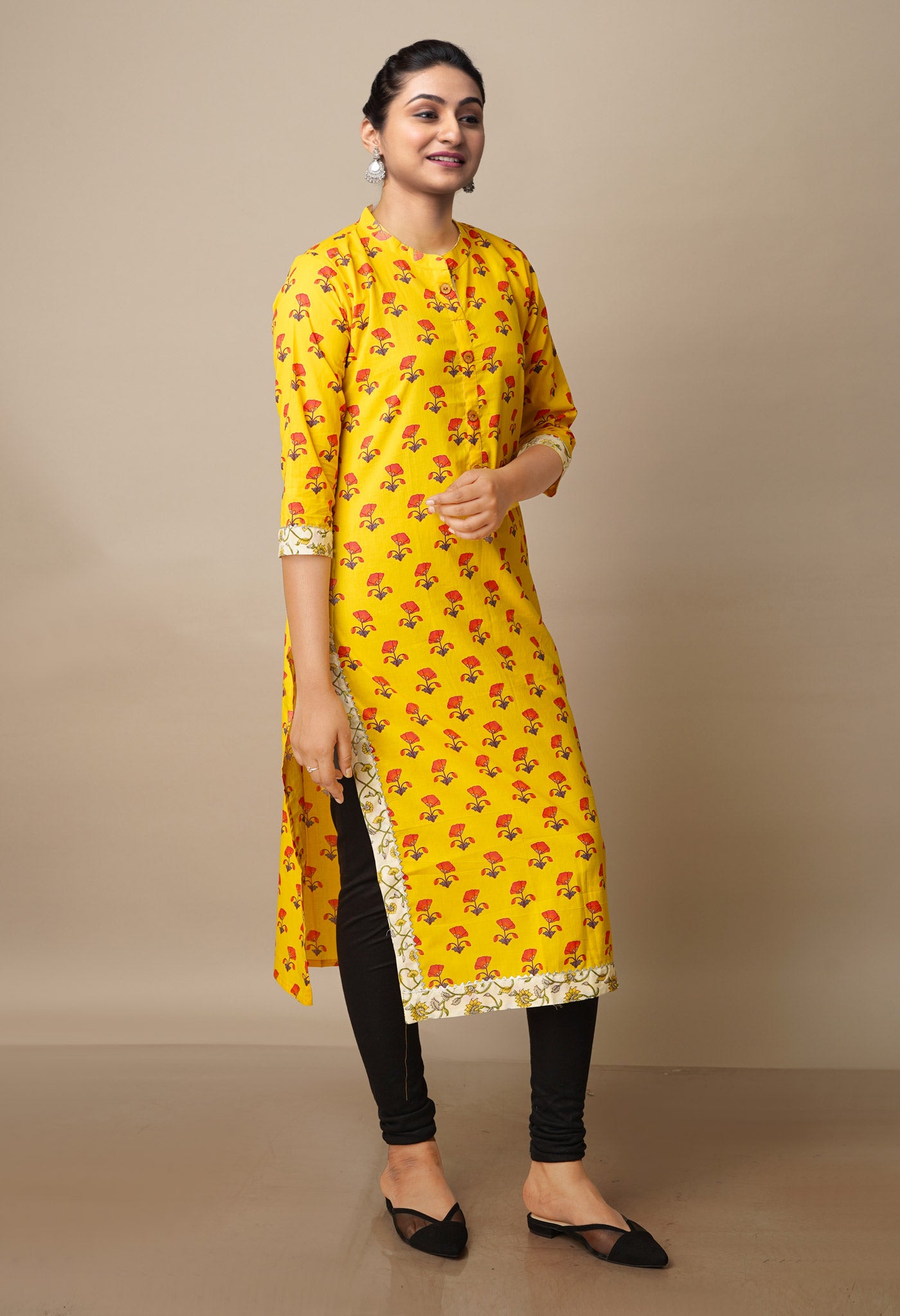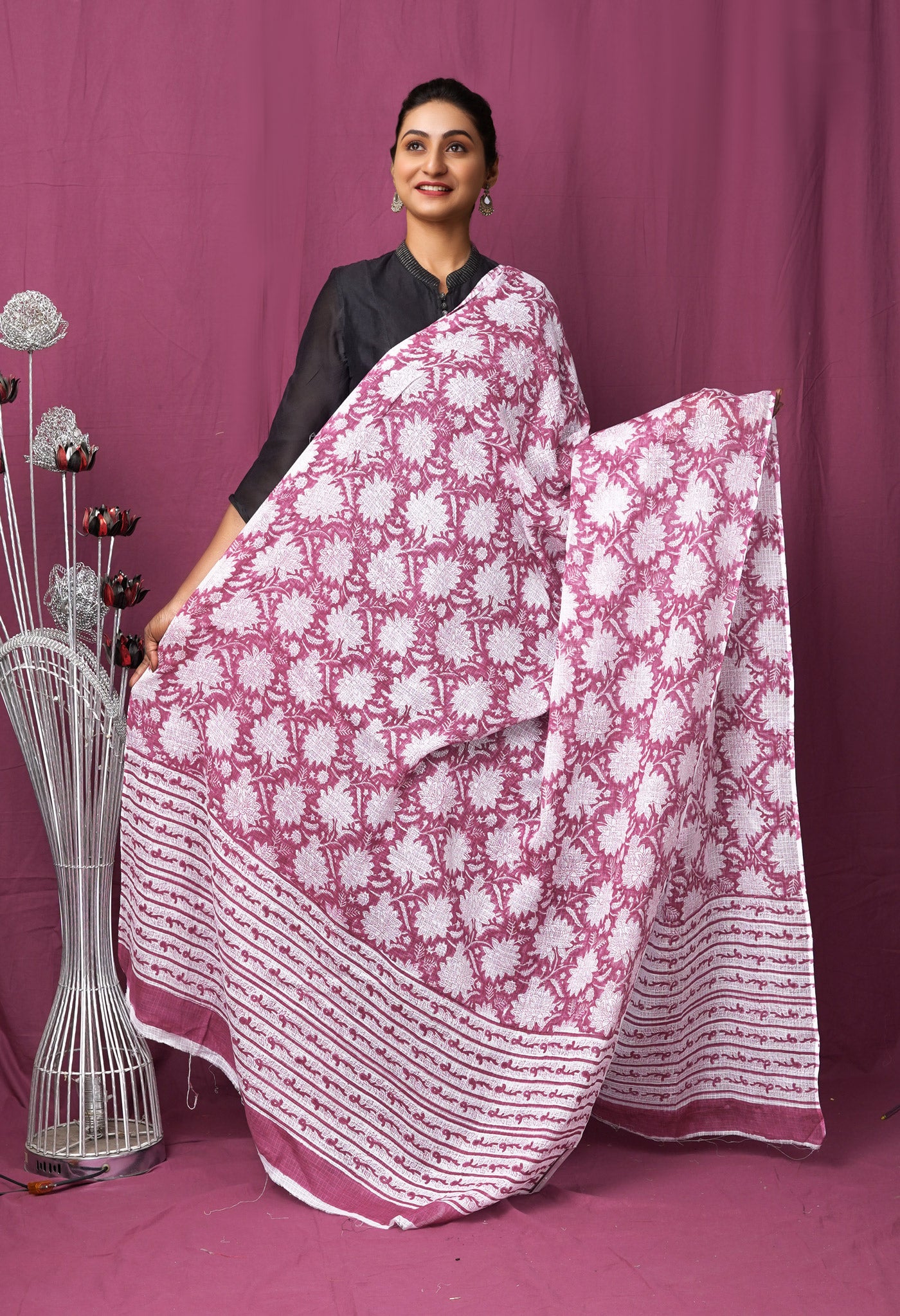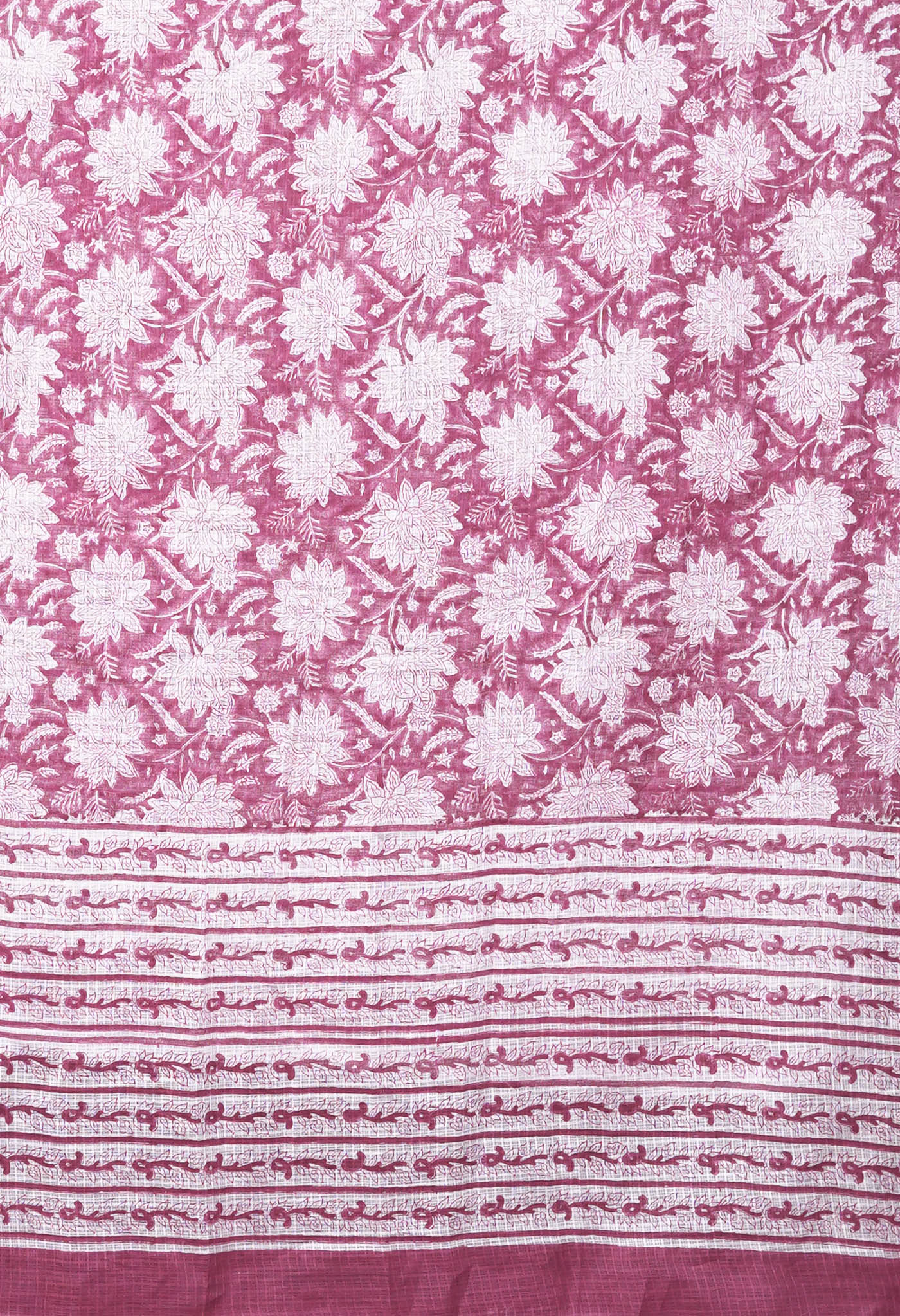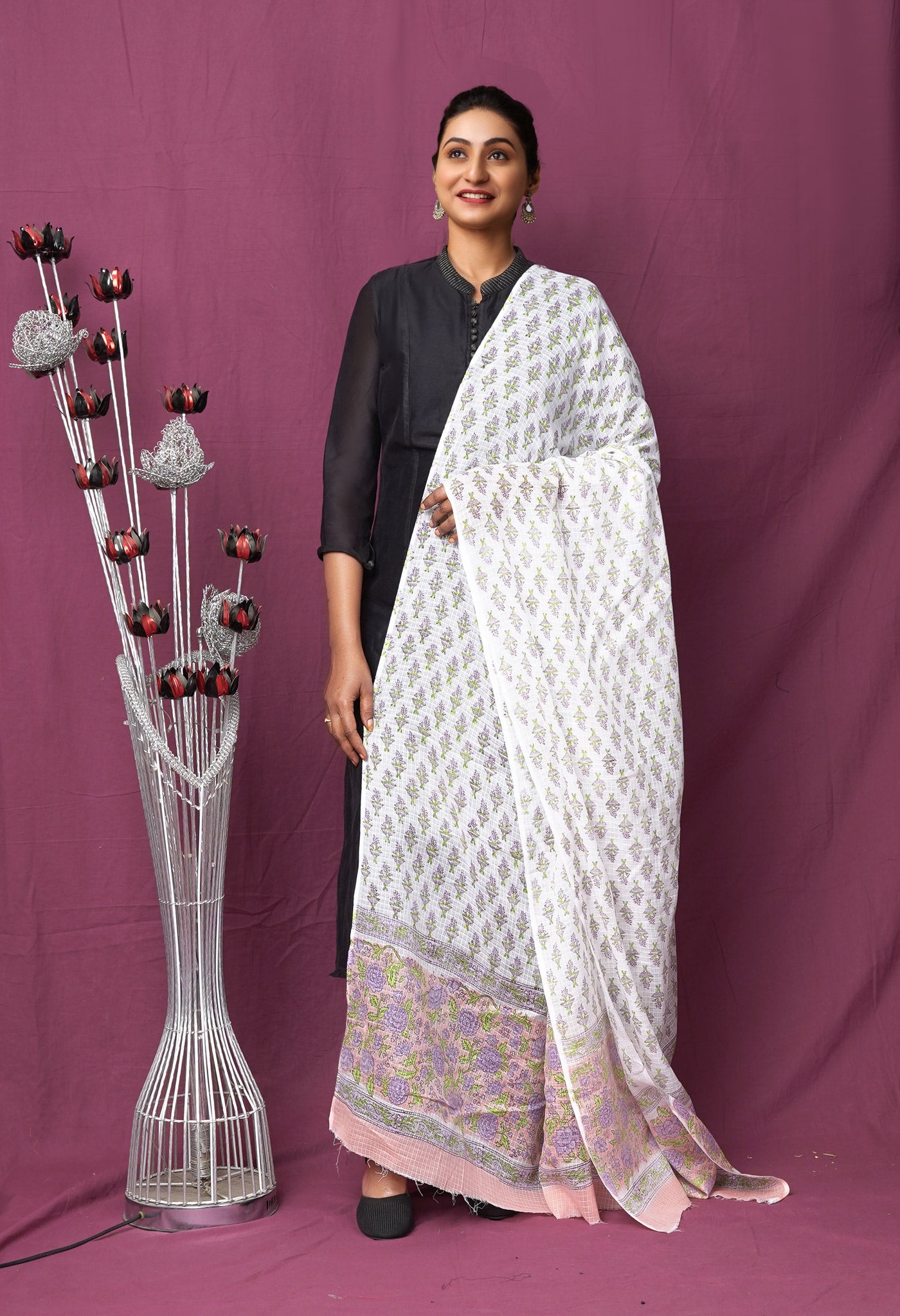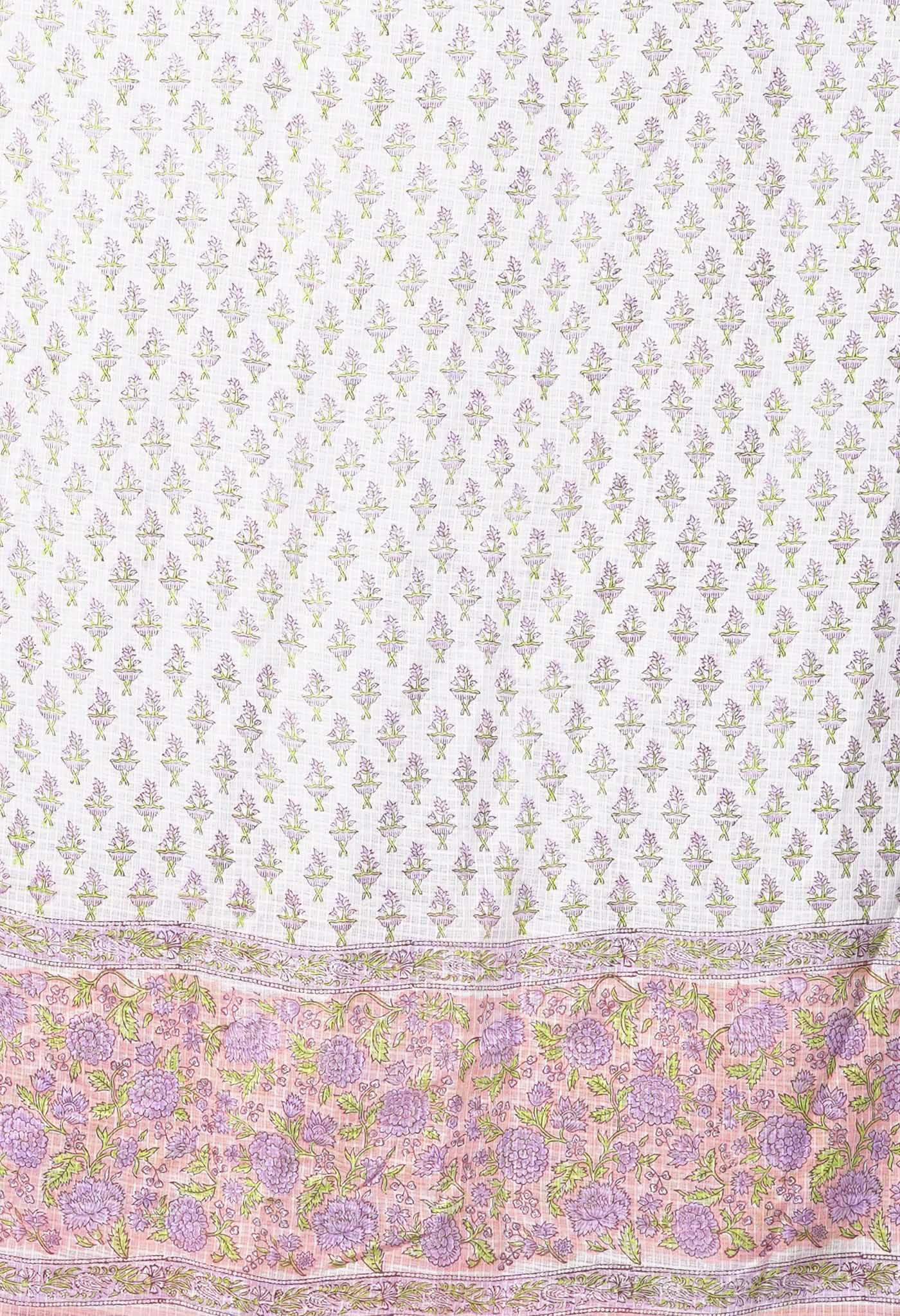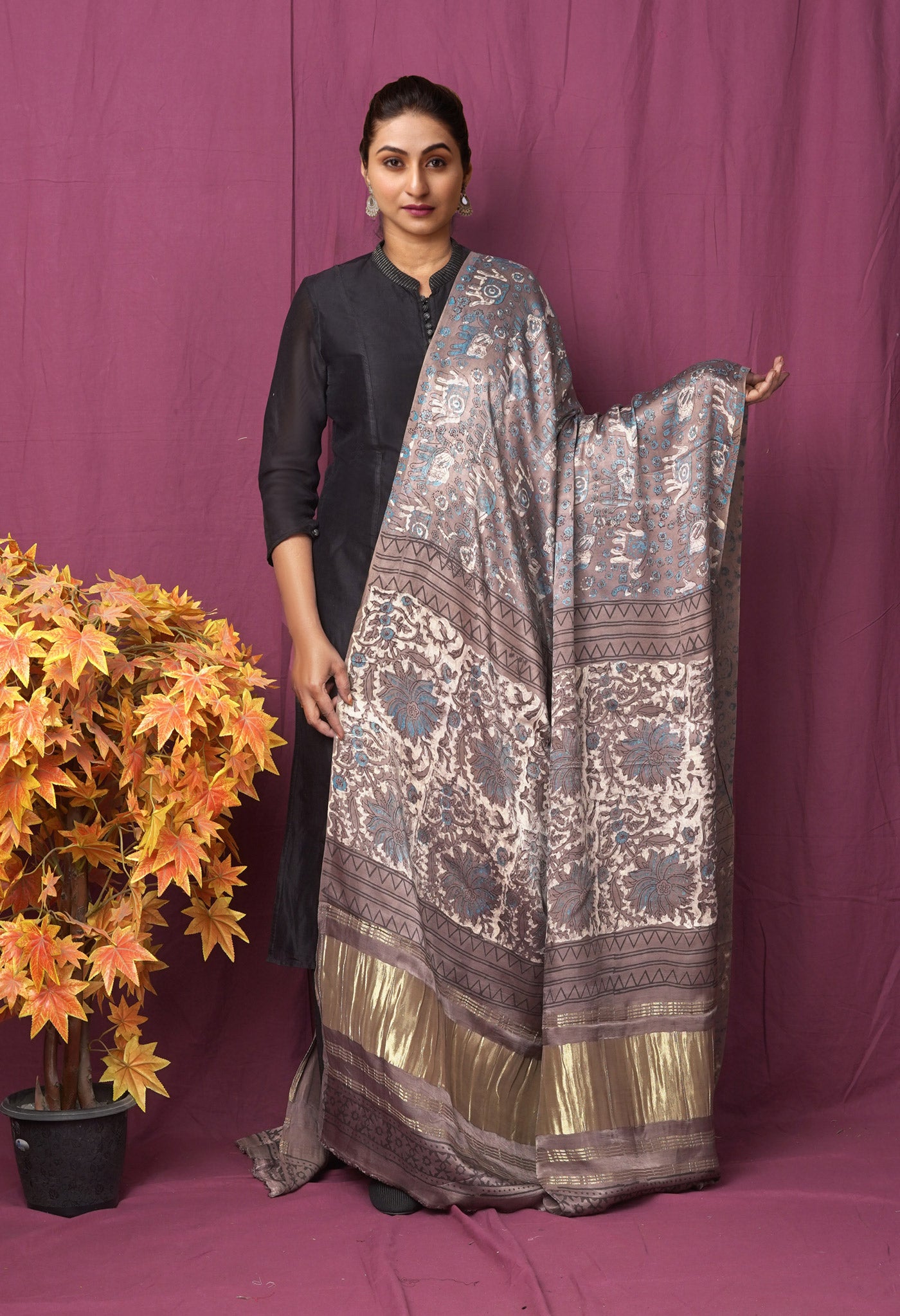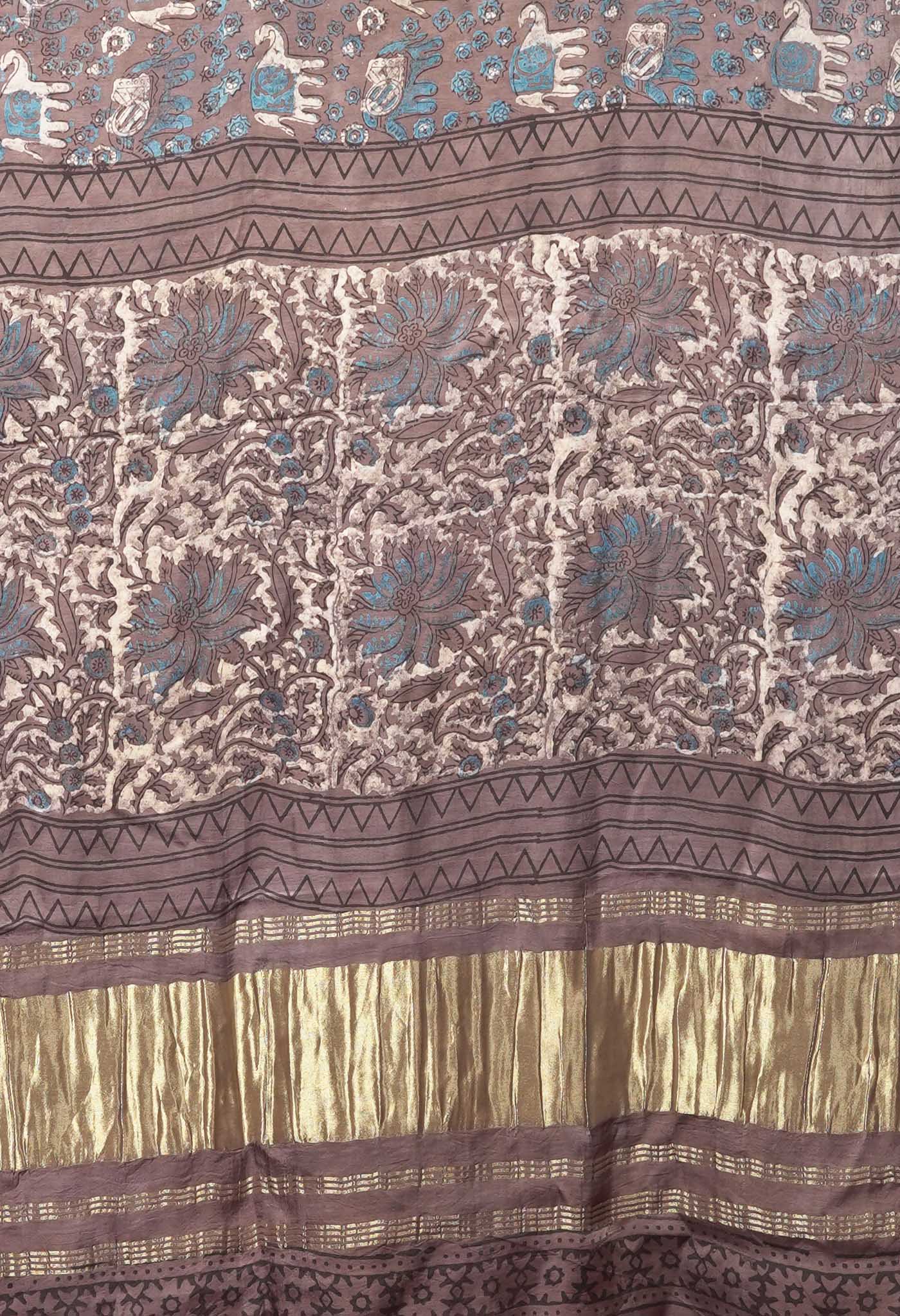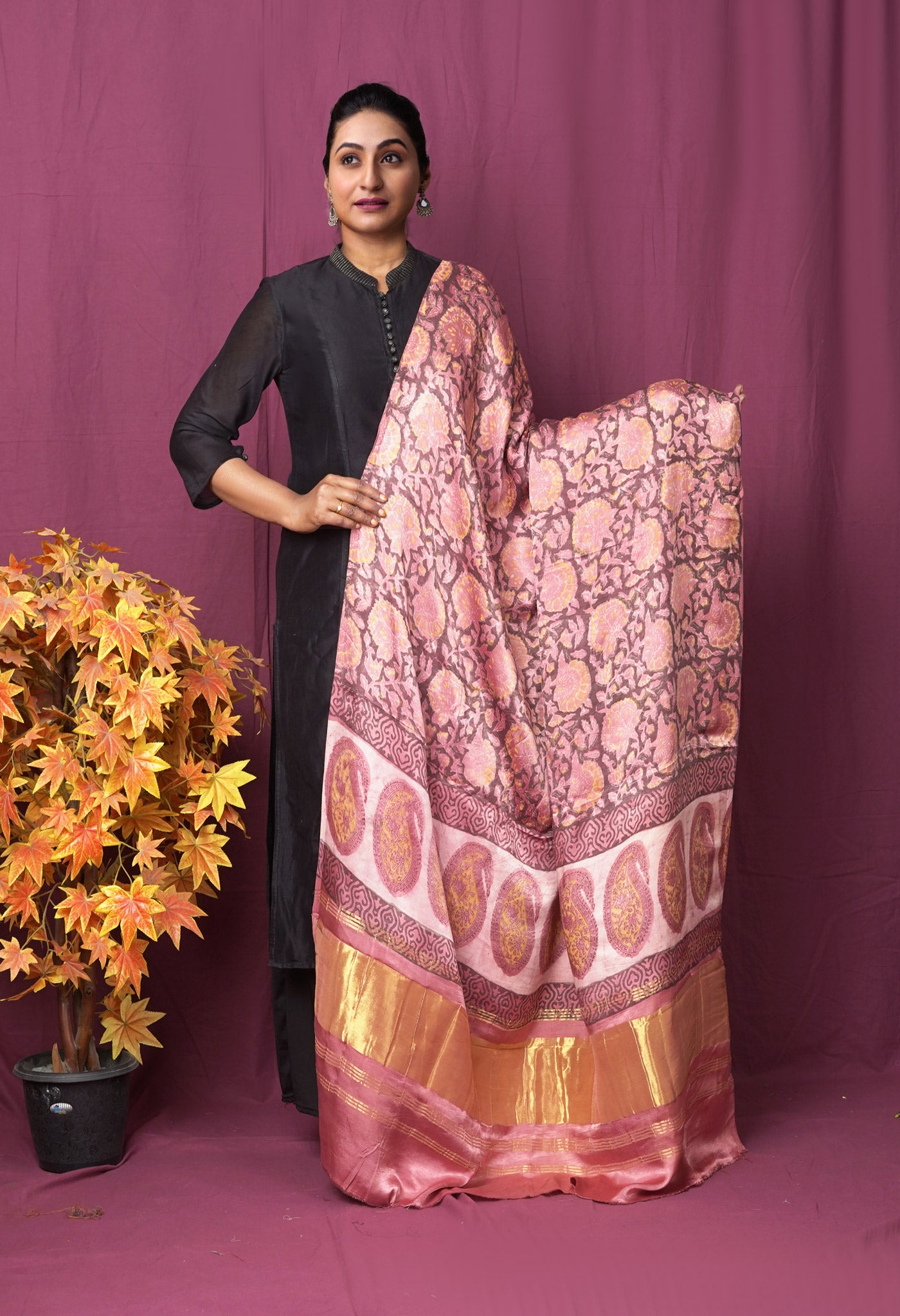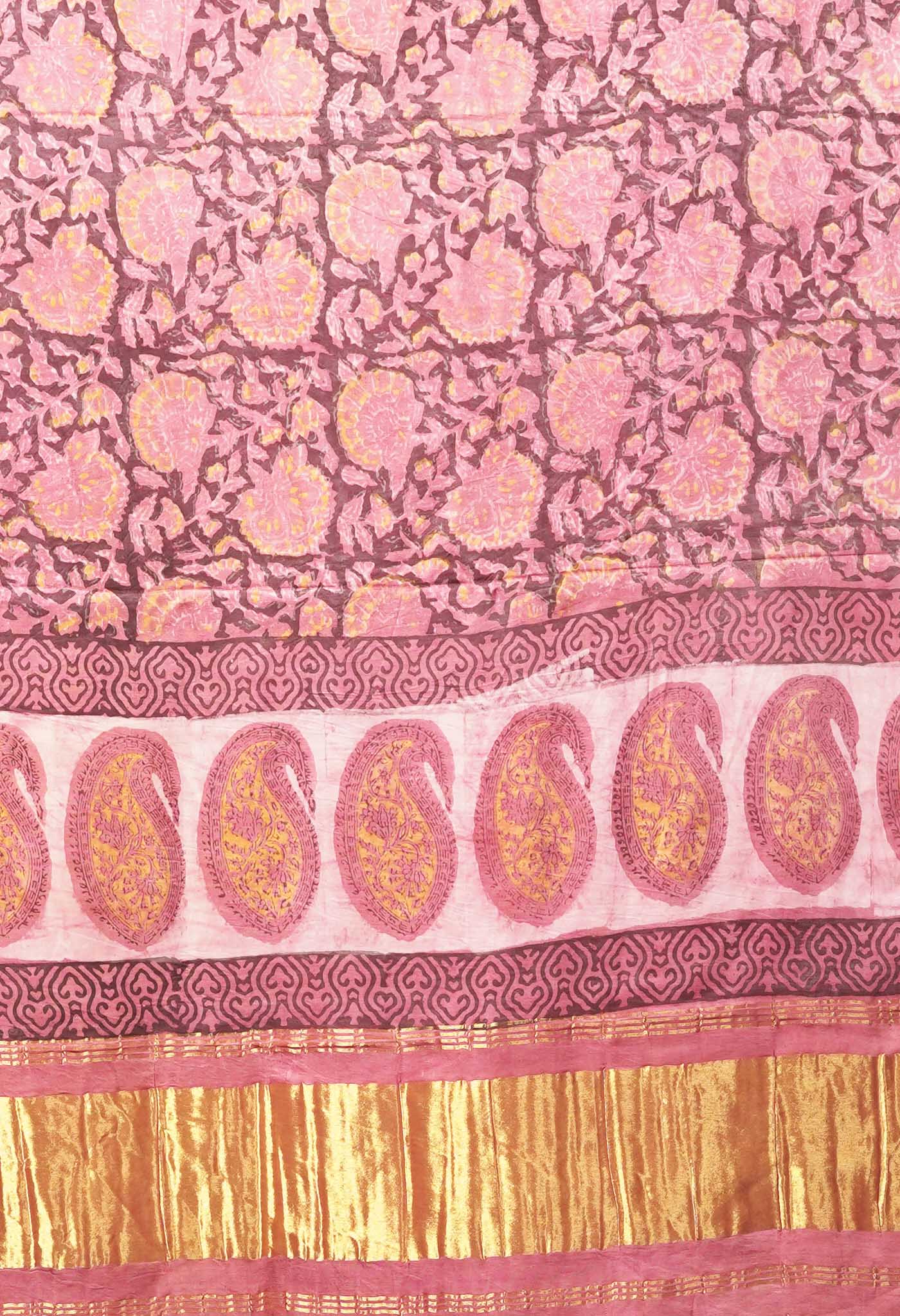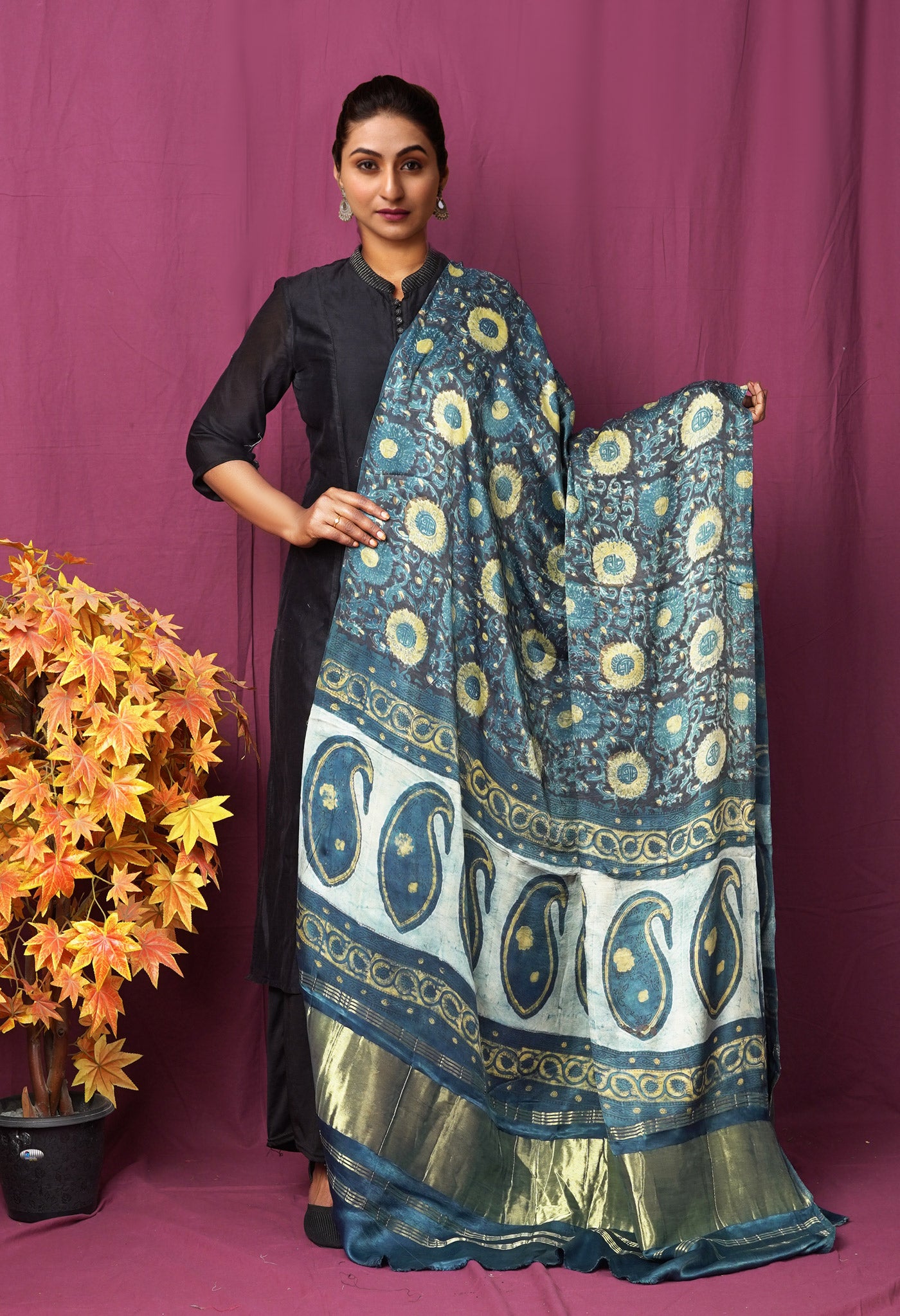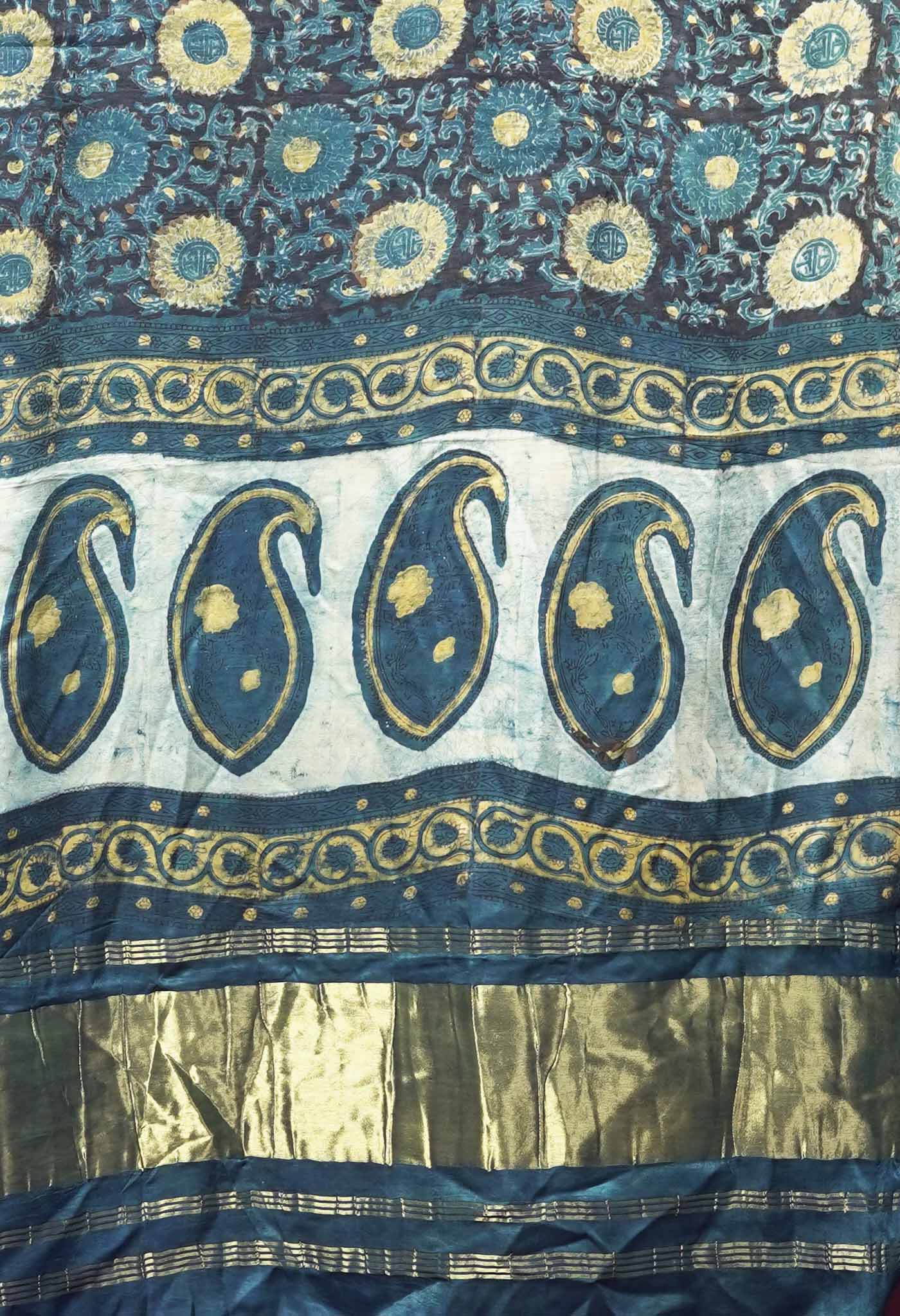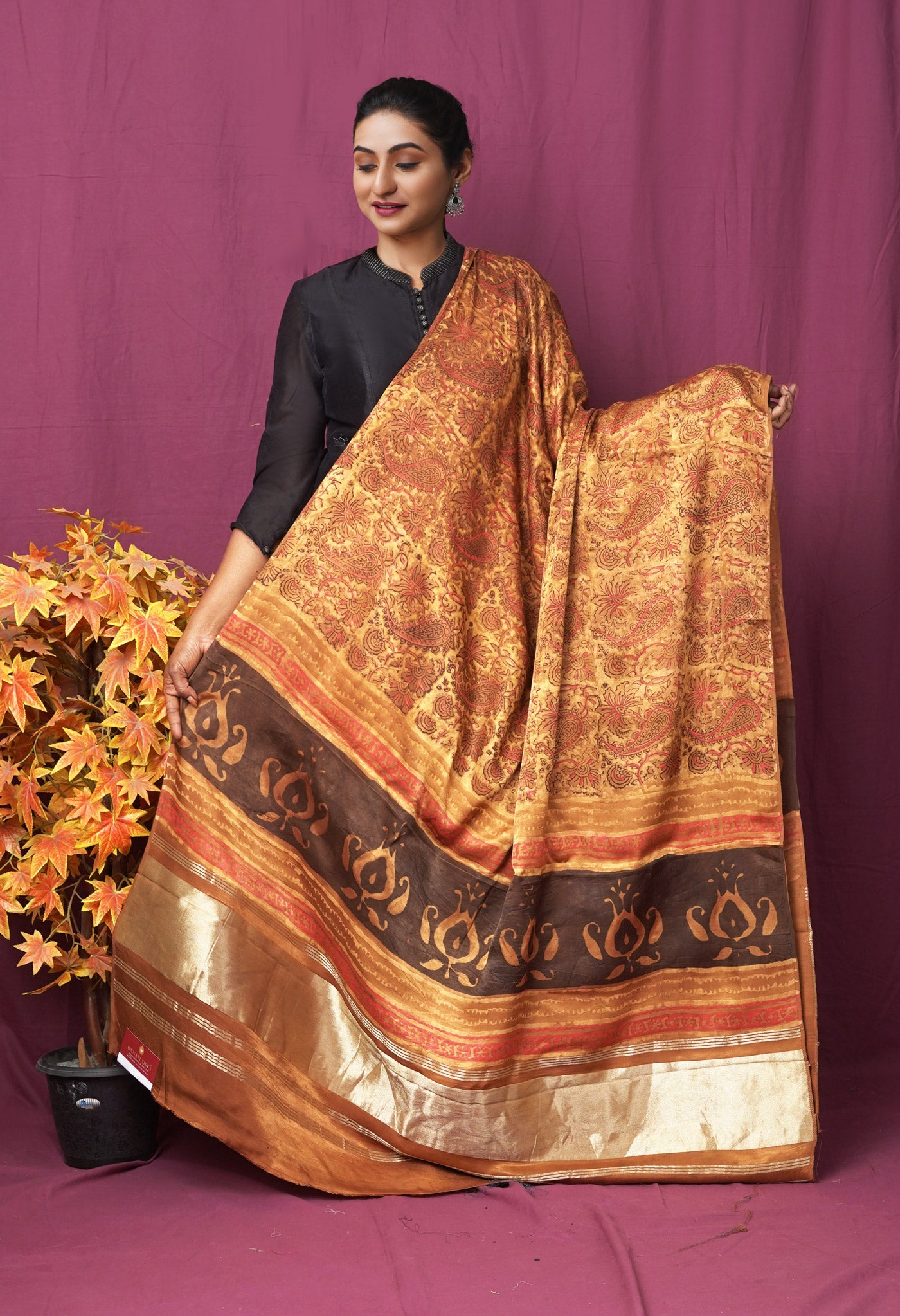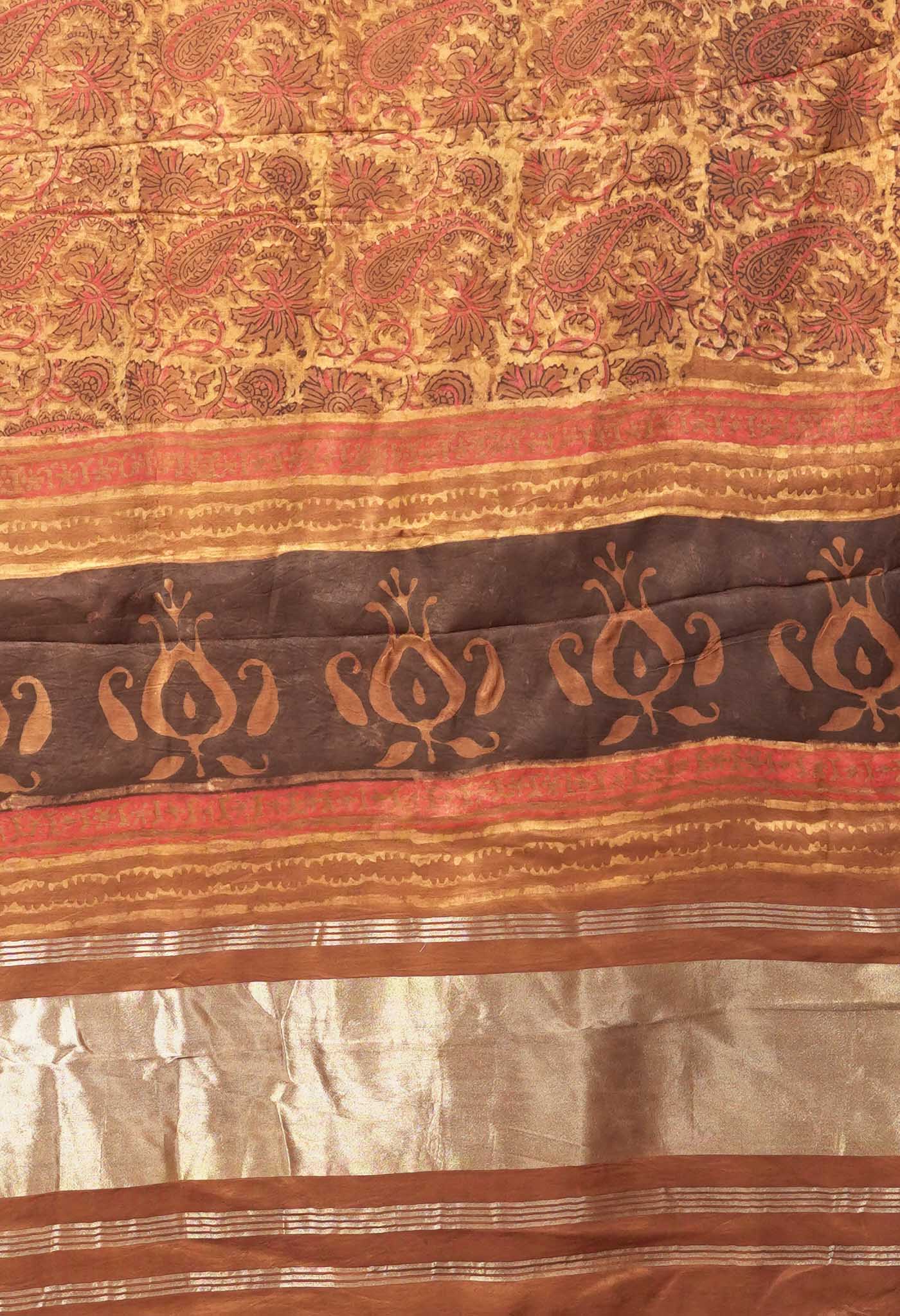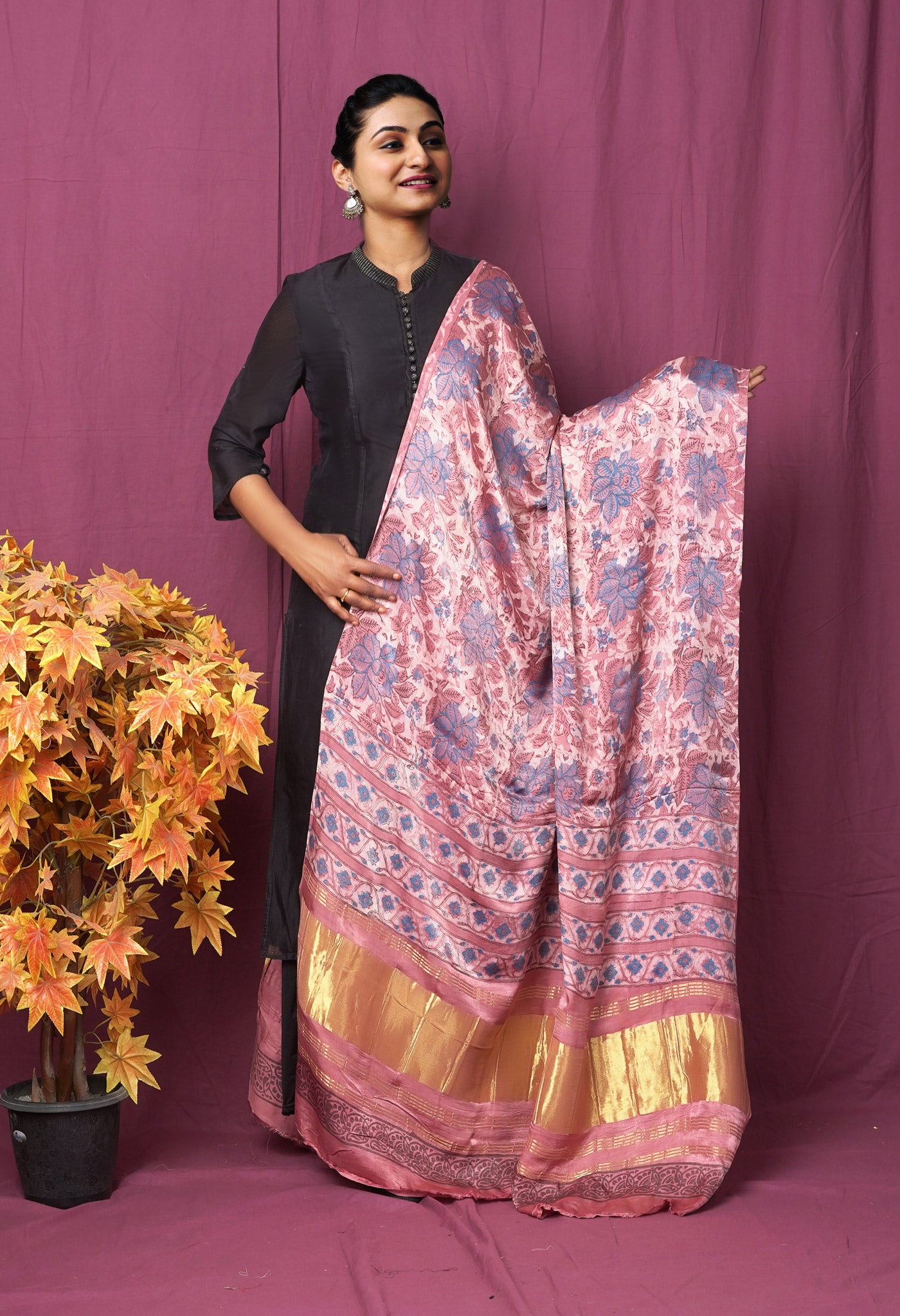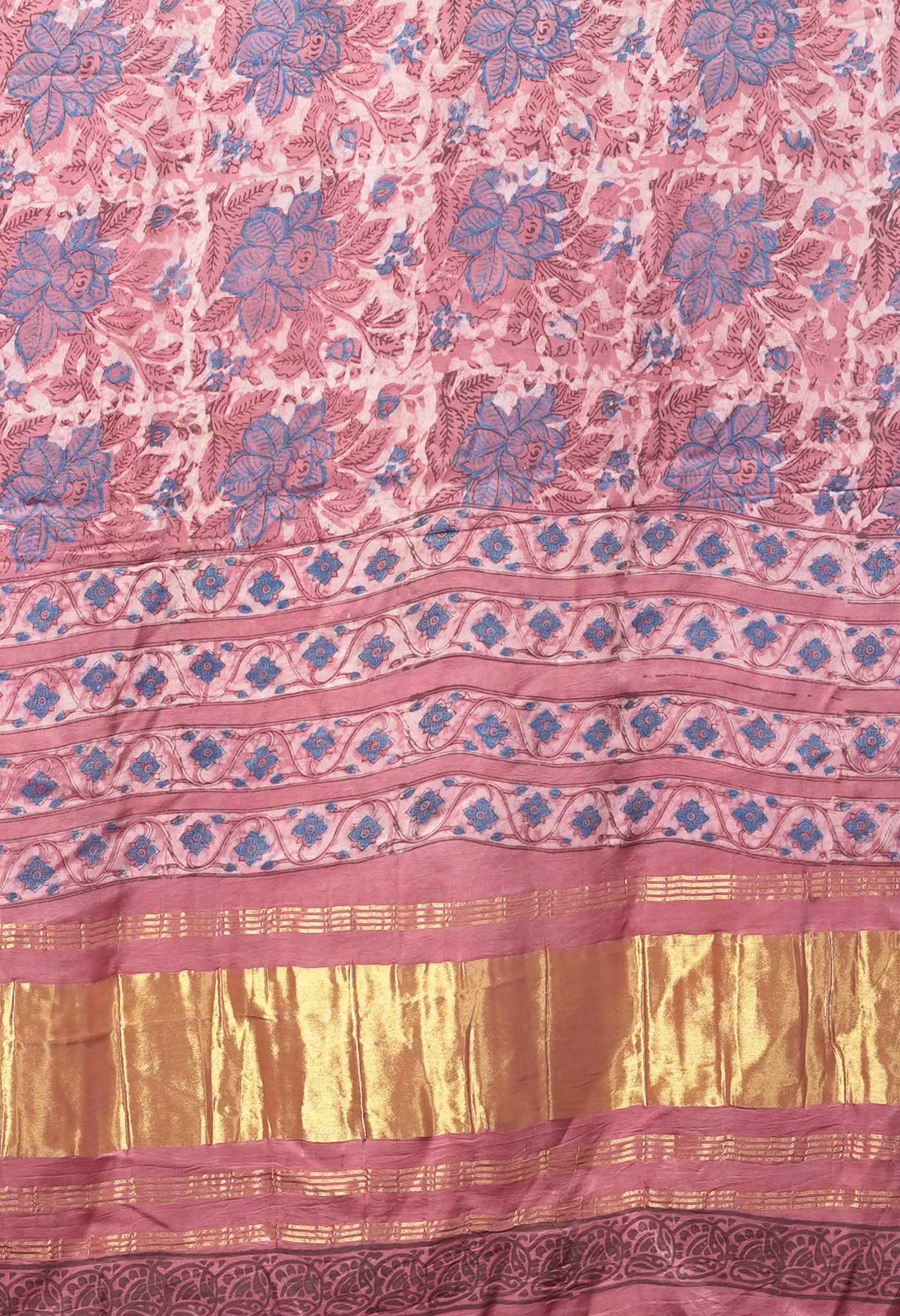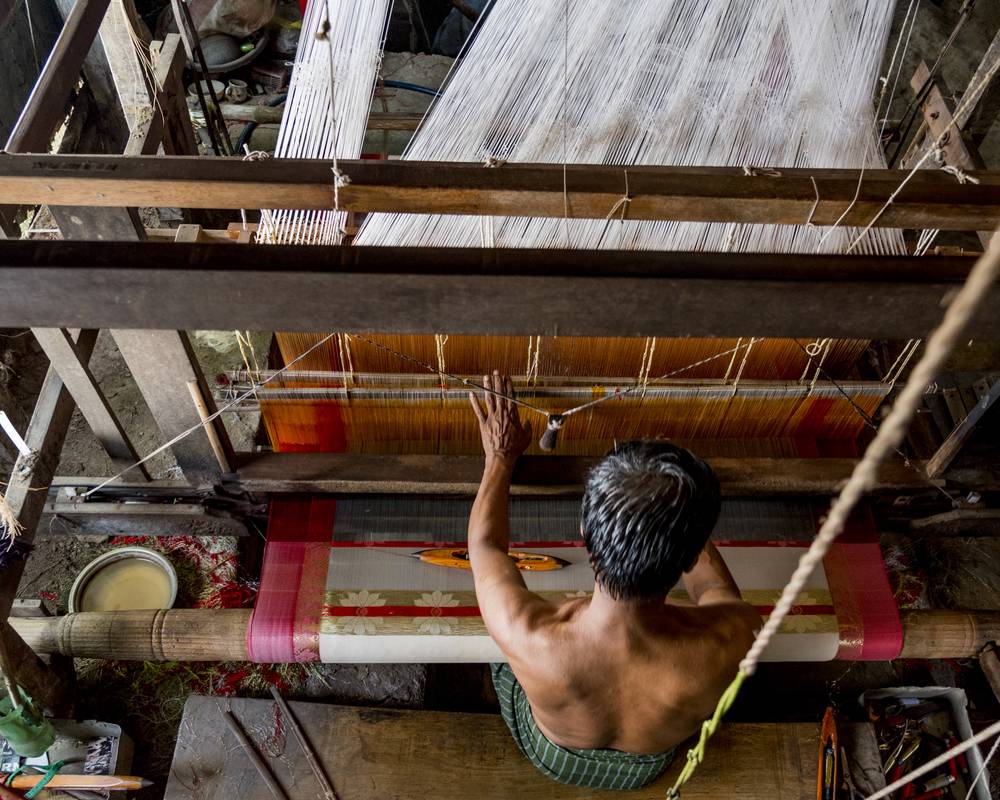
Some Khadi policies and news of the last six months of 2020
When it comes to fine Indian weaves that are soft comfortable and durable, it is the Indian ethnic “Khadi’ that is acknowledged.
And so it is heartening news about Khadi starting six months of the second part of the year to the last month.
Yarn spun by hand is known as “hand spun yarn” and yarn spun by machines is called “mill spun yarn”. Fabrics woven out of hand spun yarn on handlooms are called “khadi”, while mill spun yarn woven on hand operated looms or handlooms are called “handloom” fabrics.
Human handling of the yarn in the weaving process yields a yarn and fabric that are much less stressed and damaged. Hand woven cotton is known for its breathability as compared to mill made cotton. This implies that it allows more air penetration making it cooler, softer and more absorbent. It keeps you cooler in summers and warm in winters.
The status of Khadi production in 2020?
- When mill fabric production was 2,486 million sq. mts. in the 2014-15 fiscal, the production of Khadi was 105.38 million sq. mts. I.e. Khadi production was 4.23 % of the overall textiles production. When the mill fabric production dropped to 2,012 million square metres in 2018-19, the Khadi fabric production was 170.80 million sq. mts. or a share of 8.49 per cent in overall fabric production. This is as per the Khadi and Village Industries Commission. The Commission Chairman expressed that this unprecedented increase could be due to the clarion call by Prime Minister Narendra Modi to adopt Khadi.
- Also noteworthy is the fact that from 1956 to 2013-14, the Khadi sector fabric production could reach the figure of 105.38 million square metres whereas in the last five years from 2014 to 2019 it produced 65.42 square million metres.
- Considering the new policies and initiatives taken by MSME Ministry and KVIC in recent years, the rise in artisans number has encouragingly reached 4,94,684. The KVIC had also laid stress on many artisan-centric programmes since 2015, like distribution of 32,000 New Model Charkhas and 5,600 modern looms.
- Registration of new Khadi institutions for widening the scope for employment as well as revival of defunct Khadi institutions has also began.
- The mission of KVIC or the Khadi & Village Industries Commission has been to promote Khadi as a global fabric since it believes it will help it generate employment all across the country. In fact it is encouraging young designers to come out with chic products that will rejuvenate Khadi.
- More advanced production techniques, better designers and reaching even the most inaccessible areas of the country all a part of KVIC’s plan to make Khadi a resounding success started bearing fruit since 2019.
- The double digit growth spurred the youth to take an interest in Khadi weaving once again.
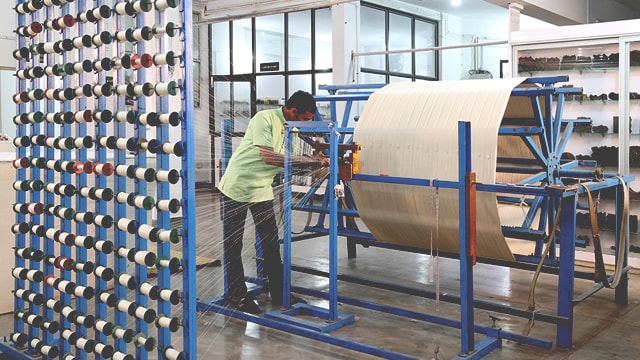 In an interview in June 2019, The KVIC Chairman outlined the following:
In an interview in June 2019, The KVIC Chairman outlined the following:
Based on MSME Ministry Data, Khadi sales have grown 30% in the last 4 years as against 6.7% previously. The reason for this is that previous governments had not given the due importance to Khadi.
From 2004 - 2014, the growth of Khadi was just 6.68%. The current government has focused on Khadi because it can create employment at the doorstep and that too with minimal investment. From 2015-16 and 18-19, the average growth of Khadi is around 28%, which is definitely a very big jump. In ‘18-19, our The turnover of 2018-19 was Rs 3215 crore and could be attributed to aggressive marketing, the support of the government and approaching corporates to join hands with KVIC, has given a big boost to Khadi.
KVIC is looking at diverse initiatives to boost Khadi sales.
- One is by planning exhibitions in foreign countries which will improve visibility and definitely boost the sale.
- Second is holding exhibitions in local areas as well since the local people would not be able to go out and buy Khadi everywhere else in the country.
- Thirdly by having exhibitions across the country, not only would it get more popular, the youth are found to be getting attracted towards design intervention.
Stressing on why the youth have to be targeted.
- The youth are very important. If they start adopting Khadi, it will fly. So by approaching schools, colleges, industries and the importance of Khadi is going to be propagated.
- Khadi is not just a fabric. It is very important even for the environment. Today, when youth is very concerned about the environment they are being taught why Khadi is important.
- Manufacturing one metre of Khadi requires just 3 litre of water; manufacturing a mill fabric would consume 56 litres of water. Additionally Khadi has zero carbon foot print because it is hand spun and hand woven.
This has made it necessary to educate young people on these points.
The scaling up of Khadi exports in the last few years and the potential in this segment.
- There is a lot of potential for export of Khadi.
- Last year’s export was not much at Rs 250 crore only. But the problem was found to be very different. There is huge demand for Khadi. But Khadi being under textile does not have a separate HS code. But not being able to segregate we are not able to identify how much Khadi has been exported. These proposals pending with the government once cleared would soon get a separate HS code for Khadi and then the exports will also grow.
- Also, because of the apathy of previous governments, several institutions have taken Khadi mark registrations in Western countries. They have obtained patents on Khadi and we are fighting these institutions in various countries, particularly in Europe.
- In these countries we are not able to export because of these problems. So this is a big challenge. In 2019-20, we definitely aspire to grow 30% more in exports. A lot of Khadi is right now going under textile category. We will get to know how much Khadi fabric has gone once there is a separate HS code.
Some of the issues that plague the Khadi sector and how it can be made relevant for the young audience
- We have appointed young designers from NIFT and other institutions. Apart from them there are others in a panel, designing as per the needs of the market. An important decision taken is that we have appointed a big company to stitch all the materials for us. It is cost effective and materials that we are supplying are flawl
 ess. This has also given a lot of boost to KVIC and Khadi.
ess. This has also given a lot of boost to KVIC and Khadi. - There were some issues regarding fake Khadi stores and companies selling mill made fabric as Khadi. That we have handled and given legal notice to more than 500 such institutions and now they have stopped doing this.. That has also increased the sale of Khadi.
- We are reaching the remotest part of the country. E.g. in Leh, Ladakh we have opened centres. In Assam - Kaziranga also we did set up centres. So we are reaching the remotest parts of the country and there is a good response because these people need employment and want to engage themselves and Khadi has that potential.
Amid reports of unemployment on the rise, does Khadi have the potential to provide greater levels of employment and address this core issue of the economy?
We have several schemes.
- Prime Minister Employment Generation Programme (PMEGP) is a flagship scheme. Through this scheme alone, we have created more than 20 lakh jobs.
- Apart from that through Khadi, we create employment through Charkha, looms and other equipments.
- During the last four years, we have distributed more than 35,000 charkhas, 6000 looms.
- Apart from that there is a Honey Mission through which we have created more than 11,000 employment.
- We provide bee boxes to farmers and unemployed youth, which provide a minimum income of Rs 50,000 annually, which is an additional income.
- Solar charkha is a unique machine which we provide. The best part of this solar charkha is that it reduces drudgery. When you are spinning through normal charkha, a lot of labour is required. In a day, maximum a woman can make is 20-25 hangs. That means her income will be Rs 200 per day. Through solar charkha, a minimum of 45 hangs can be made in a day so her income is more than doubled. That’s why solar charkhas have been very popular. This year Solar Charkha mission will be implemented where we will create employment in villages. So it is a massive project which we will implement this year.
- Through all the varied schemes, total employment created by KVIC in the last five years has been more than 21 lakh approximately.
Please shed more light on SFURTI and the kind of support it extends to MSMEs.
SFURTI means where we have to develop clusters. In one cluster, we create employment for 1000 of the local people. It takes time as it is a long drawn process. Last year, more than 30 clusters were sanctioned which we are implementing. One cluster in AP is going to create employment for more than 3,000 women in that area.
What kind of reinvention is taking place to promote Khadi as a global fabric?
The USP of Khadi is that it is hand-spun and hand-woven. Today, there is a huge demand for products that are handmade. Similarly Khadi has unique qualities.
Last financial year, we exhibited our products in 10 countries and after the success of these, an exhibition was held in October in 50 countries. 60 countries have been given exposure of Khadi in the last financial year and the responses were tremendous. For their atmospheric temperature, Khadi is the most suitable fabric. Khadi is a big brand now and everyone is now aware about it.
In what way will KVIC be working in conjunction with the new government to uplift the MSME sector and address their core issues?
MSME is a huge sector and has a lot of scope. Several things are under process. We have prepared a blueprint for 100 days implementation and in 100 days we are going to create a lot of employment. Very fast development will be seen in the coming days.
Both in Khadi production and sales there are achievable targets to grow more. These are the things which will create employment very quickly and the benefits also will come by soon enough.
Govt to launch portal for marketing of goods by MSMEs, Khadi
In July 2020, MSME Nitin Gadkari announced on the floor of the Lok Sabha, that the government is in the process of launching a portal for marketing of goods made by MSMEs and khadi industry on the lines of Chinese e-commerce portal Alibaba and USA's Amazon.
He said the micro, small and medium enterprises (MSMEs) contribute about 29 per cent to the country's GDP (Gross Domestic Product) and the government is taking steps to significantly increase that.
"We have fixed the target to increase the share of MSME to 50 per cent of GDP in the next five years," he said, adding the sector would also add 15 crore jobs.
Some in the Opposition did raise doubts about the achievement since earlier targets had not been met. But Mr.Gadkari assured that this time it would not be so. "Like we have achieved all targets of the road ministry, we would achieve this also," Gadkari said. Gadkari said they can question this target, if he would not meet it. On this, Lok Sabha Speaker Om Birla said that if members want half an hour discussion on steps being taken by the government on the MSME sector, he would allow that.
 Mr.Gadkari said countries like China have pushed their growth by strengthening the MSME sector and India is also focusing on that. He said problems being faced by the MSMEs include cost of credit, marketing of products, labour issues, management issues, and cost of working capital.
Mr.Gadkari said countries like China have pushed their growth by strengthening the MSME sector and India is also focusing on that. He said problems being faced by the MSMEs include cost of credit, marketing of products, labour issues, management issues, and cost of working capital.
The ministry is working with different stakeholders to resolve these issues, he said. "On cost of credit, we are talking with the ADB and the World Bank. We did a meeting with them," he said.
Alibaba and Amazon provide a big global platform for MSME players, so based on this "we are working to launch a marketing website for MSMEs and khadi industry," he said. Citing an example, he said through this portal a bee keeper can sell his/her product to any part of the world.
What did Budget 2019 promise for the Khadi industries?
The manner in which Khadi was re-invented, got it an increased budgetary allocation.
- The Budget expenditure for Khadi industries reflects the intent to get the focus back on the versatility offered by the unique hand-spun and hand-woven fabric of India.
- In step with the government’s vision to promote Khadi as a global fabric, the FY 20 Budget allocation has been to the tune of Rs 1252.65 crore towards Development of Khadi, Village and Coir Industries.
- Though, at a glance, the increase only amounts to 3% over last fiscal, there have been new additions this time which clearly reflect the roadmap ahead.
Focus on job creation
- Khadi Vikas Yojana (KVY) has received the bulk of the grant amounting to Rs 396.46 crore as against a nil component in the previous year.
- KVY comprises of two new aspects namely Rozgar Yukt Gaon and Design House, besides the existing schemes like Market Promotion Development Programme, Interest Subsidy Eligibility Certificate and Khadi Reforms Development Programme. This is very much in sync with a PIB release earlier in the year which highlighted how the Rozgar Yukta Gaon aims at introducing an 'Enterprise-led Business Model' instead of 'Subsidy-led model' through partnership among three stakeholders - Khadi Reform Development Programme (KRDP)-assisted Khadi Institution, artisans and business partner.
- To be rolled out in 50 villages by handing over 10,000 charkhas, 2000 looms and 100 warping units to Khadi artisans it would be creating opportunities of direct employment.
Special focus, as per the release, would also be on agro-based and food processing, handmade paper and leather, pottery and wellness and cosmetics through product innovation, design and diversification. - Setting up four Design Houses all over the country for regional variations and modern designs with an investment of Rs 5 crore each had also been announced.
- The Gramodyog Vikas Yojana (GVY) has been allotted Rs 102.92 crore this year which focuses on promotion and development of the village industries through common facilities, technological modernisation, and training other support and services for the promotion of village Industries.
Revisions in allocation
- Some heads that did not see a separate grant this time included Village Industries (VI) Grant and Khadi, VI and Coir (S and T), a departure from the previous fiscal practice.
- The Solar Charkha Mission saw a heightened allocation of Rs 143.50 crore as against Rs 50 crore in the previous financial year. This is in line with the government’s vision to offer employment in villages via solar charkhas.
- The scheme envisages setting up of Solar Charkha Clusters, which implies a focal village and other surrounding villages in a radius of 8 to 10 kilometres. Such a cluster is expected to have 200 to 2042 beneficiaries such as spinners, weavers, stitchers and other skilled artisans.
- However, Scheme of Fund for Regeneration of Traditional Industries (SFURTI) maintained status quo at Rs 125 crore. The aim of the scheme has been to set up Common Facility Centres (CFCs) for cluster-based development so that traditional industries can be more productive and profitable for generated sustained employment.`
- Building up innovative and traditional skills, improved technologies and advanced processes have been some of the main objectives of SFURTI.
- A scheme which saw a quantifiable drop this time was the Market Promotion and Development Assistance (MPDA) with a 69% dip at Rs 103.33 crore grant as against Rs 340 crore last year. This scheme has been formulated as a unified scheme by merging different schemes of different heads implemented in the 11th Plan, namely, Market Development Assistance, Publicity, Marketing and Market Promotion. The overall thrust here has been to bring in increased earnings for artisans.
- Earlier V K Saxena, Chairman, Khadi & Village Industries Commission (KVIC) had said that they plan to focus on Khadi as a global fabric and are targeting sales of Rs 5,000 crore this year. He also reiterated how the Village Industry products such as detergents, soaps, honey and oil also offer huge employment potential across different parts of the country.
- The Modi Government, last year, had planned a lineup of special events in India and abroad to mark the 150th birth anniversary year of Mahatma Gandhi including positioning Khadi abroad as an ‘idea’ and practical ‘health solution’, instead of limiting it to only a ‘garment.’
- The Budget expenditure this time for Khadi industries reflects the intent of the government to get the focus back on the versatility offered by the unique hand-spun and hand-woven fabric of India.
Need to make Khadi trendy, modern without compromising on tradition:
Gadkari
India will need to make khadi trendy and modern without compromising on tradition, to make khadi a global brand, Union Minister of micro, small and medium enterprises (MSMEs) Nitin Gadkari said.
The Khadi and Village Industries Corporation (KVIC) under the Ministry of Micro, Small and Medium Enterprises proposes to establish National Design and Product Development Centres in the country to facilitate Khadi institutions develop trendy designs as per market demand.

Gadkari chaired a brainstorming session to deliberate on the way forward including ways to make khadi more attractive to the youth of the country.
"In order to maximize the production and sale of khadi and make it a global brand, there is a need for to make its designs more trendy and modern, without compromising with tradition," Gadkari said.
The proposed design houses will facilitate Khadi institutions in developing products according to market demand, the ministry of MSME said in a statement.
The primary role of a design house will be to identify the latest design trends, adopt them as per customer needs and undertake various testing and review activities for translating them into production, the statement added.
KVIC’s proposal is to set up four design houses – one each in the eastern, western, northern, southern parts of the country, besides one in the north east. These could be on BOT mode or on Outsourcing basis.
The government is looking at these design houses to help Khadi gain customers’ trust and lead to increase in production and employment generation.
Leading fashion designers representing the fashion industry, apart from senior officials from The National Institute of Design and The National Institute of Fashion Technology would co-ordinate the effort.
Khadi - a maiden foreign venture beginning with Bhutan
On the 150th birth anniversary of Mahatma Gandhi, the Embassy of India, Thimphu and the Royal Textile Academy, Thimphu together with the support of the Ministry of Micro, Small & Medium Enterprises, Government of India, the Khadi and Village Industries Commission and the Fashion Design Council of India (FDCI) curated on 16 October at the Royal Textile Academy, Thimphu, a special event, Khadi-Thagzo, jointly celebrating the textile heritage of Khadi and traditional Bhutanese fabric.
A total of 48 ensembles featuring leading designers from India and Bhutan were showcased on this occasion, fusing Khadi with Thagzo hand-made textile of Bhutan to create innovative garment lines. From India, the event displayed the works of Anamika Khanna, Rajesh Pratap Singh and Samant Chauhan. From Bhutan, the talent of Chadrika Tamang, Kencho Wangmo, Tshering Choden & Sangay Choden was on display.
In addition, six Indian designers (Anjana Bhargav, Nitin Bal Chauhan, Paras Gairoliya, Payal Jain, Rahul Mishra & Renu Tandon) created a special Khadi ensemble each, which too were spotlighted at the event.
The event had, as objective, to encourage traditional textiles and weaving, both a forte of India and Bhutan, and to foster a collaboration between the traditional textile artisans and designers from both countries, further cementing the close & friendly ties between India & Bhutan.
To this end, the four Bhutanese textile designers who showcased their work at the Khadi-Thagzo Textile Presentation, had visited Lotus India Fashion Week from 10-12 October 2019, on invitation from FDCI Chairman Sunil Sethi. In follow up to the event, it is proposed to retail Khadi in Thimphu, bringing this heritage fabric of India to Bhutan.
The Khadi-Thagzo Presentation was witnessed by a high-profile audience including Her Majesty the Queen Mother Ashi Sangay Choden Wangchuck as the Chief Guest, Shri Vinai Kumar Saxena, KVIC Chairman as the Guest of Honour, Prime Minister of Bhutan Dr. Lotay Tshering, Cabinet Ministers, Ambassadors, members of the media and several other distinguished guests.
Govt moots partnerships with big retail, business chambers to make indigenous products go global
The government recently made a strong push for building partnerships with big retail and business chains and business chambers like CII, FICCI and ASSOCHAM to make way for a network of outlets across India to showcase and sell tribal, handloom and khadi under Make-in-India umbrella. The idea is to create a global market by branding and marketing tribal and indigenous products.
Tribal Cooperative Marketing Federation of India (TRIFED) which will be coordinating with the various agencies, is working on an collaborative action plan to make way for 50,000 outlets over a span of 2-3 years at prominent public spaces including airports, railway stations, malls and hotels among other spaces.
A brainstorming session of stakeholders was led by commerce minister Piyush Goyal and tribal affairs minister Arjun Munda. A roadmap is on the anvil already.
Before this, Goyal had given a call for "swadeshi" asking people to buy indigenous products to give a boost to work of artisans and craftsmen from the minorities and tribal communities. When speaking at the inauguration of ‘Hunar Haat’ that has brought artisans and craftsmen from minority communities from across the states to the lawns of Rajpath to showcase and sell their products at 250 stalls.
“The ministries of commerce, tribal affairs and minority affairs have to work like a triangle with the ministry of external affairs at the centre to build a global market for our ‘swadeshi products’. There can be no bigger tribute to Bapu (Mahatma Gandhi) at a time we are celebrating 150 years of his birth anniversary,” Goyal said adding that the government will be exploring e-commerce linkages to create a market for the indigenous products.
TRIFED over the last three years has revamped itself as a network of 120 outlets across the country of which 72 are owned and operated by TRIFED themselves. The government has set an ambitious target of expanding the current annual turnover from sale of tribal products of Rs 100 crore to Rs 10,000 crore by scaling up outreach through branding and marketing of tribal products.
KVIC launches Khadi fabric footwear
Khadi and Village Industries Commission recently launched India's first-ever Khadi fabric footwear.
Speaking at the launch event of the footwear via video conferencing, Union MSME (Micro, Small and Medium Enterprises) Minister Nitin Gadkari said each pair of shoes and sandals is priced between Rs 1,100 to Rs 3,300. Initially, 15 designs for female footwear and 10 designs for male footwear have been introduced.
The footwear are to be sold on the Khadi and Village Industries Commission (KVIC) portal.
Highlighting the potential of the country's footwear sector for employment generation and exports, Gadkari said: "I believe that after China and the US, India is the third largest footwear manufacturer globally. It is a Rs 1.45 lakh crore industry with a domestic market of Rs 85,000 crore and exports of Rs 45,000 to Rs 55,000 crore".
Nitin Gadkari, MSME minister said Hema Malini, earlier film star turned politician would be doing a pro-bono service and be its brand ambassador.
Indian Chamber of Commerce and the launch of its live web store exhibition
A three-day long global online L2G (local to global) exhibition for Indian products under Atma Nirbhar Bharat Campaign was scheduled for December 14, 2020, by the Indian Chamber of Commerce (ICC).
 Under this the Indian Chamber of Commerce (ICC) announced the launch of a 'Web Store' to showcase exquisite collection of Indian textile, handloom, apparel, garments, khadi, jute etc. by the MSMEs.
Under this the Indian Chamber of Commerce (ICC) announced the launch of a 'Web Store' to showcase exquisite collection of Indian textile, handloom, apparel, garments, khadi, jute etc. by the MSMEs.
The 'Web Store' held a virtual buyer seller meet and was backed by the Indian Missions in Middle East, Europe, America etc. The event was to encourage international buyers as well as Indian sellers to take part, interact and expand networks worldwide. The exhibition focused on business to business dialogues. A dedicated website was launched to facilitate the Web Store'.
With India going for resurgence after the Covid-19 outbreak, ICC has taken the initiative to provide a platform to Indian sellers where they can exhibit their products at a very low price, start a fresh dialogue with their international importers to tap into the international markets and to run the wheels one more time in this pandemic," said Rajeev Singh, director general, ICC.
ICC has been the nodal organization for the Ministry of Commerce & Industry, Government of India to promote exports of textile and allied products internationally especially under the Market Access in trying to emerge out of this Corona epidemic and where the business has taken an immense hit and the industry has seen its all-time low.
A report from the MSME Ministry in December 2020 regarding Khadi
It has been seen that village industry products have been showing a phenomenal rise in sales this Diwali. This has been felt to be, as per reports, due to the call by the PM for 'Vocal for Local' that has been largely instrumental in the sale of local products, including those made by khadi and other village industries.
"Overall, there is almost 300 per cent increase during Diwali this year over Diwali in 2019 in the sale of a basket of products. The total sales in amount terms by a sample of outlets of Khadi and Village Industries Commission (KVIC), spread in Delhi and Uttar Pradesh, increased four times to around Rs 21 crore this Diwali from Rs 5 crore during Diwali of last year," the ministry said.
This record increase, despite the raging COVID-19 pandemic in the country, has taken place across almost all products including khadi, agarbatti, candle, diya, honey, metal art products, glass articles including Charkha in box, agro and food items, cotton and silk fabric, woollen and embroidery products, it added.
The ministry stated that in pursuance to Prime Minister's clarion call for Aatmanirbhar Bharat and for 'Vocal for Local', and its social media campaign, the sale of local products including those made by khadi and other local and village industries has seen phenomenal increase.
The ministry had launched a social media campaign to promote local products made by artisans and micro, small and medium enterprises (MSMEs) for the recent festive season.

